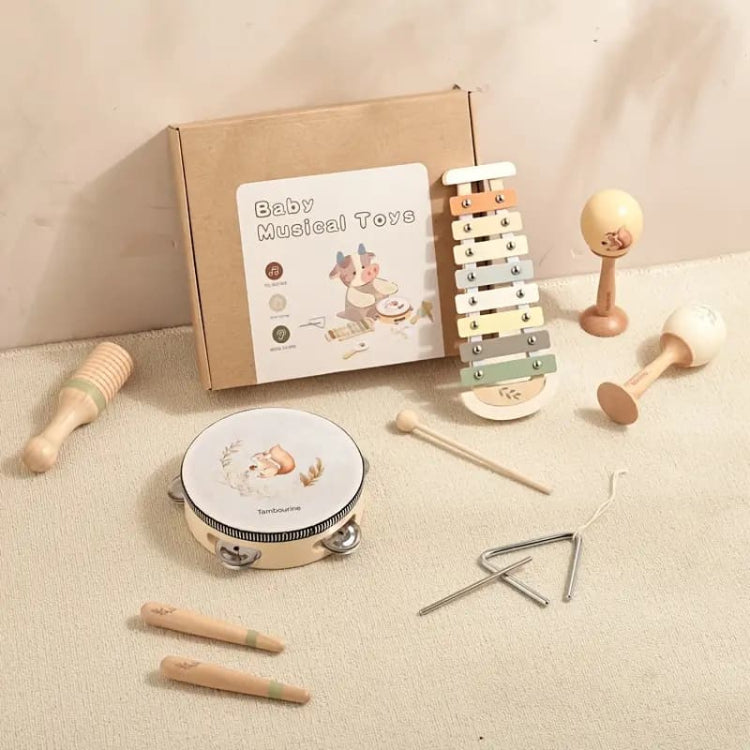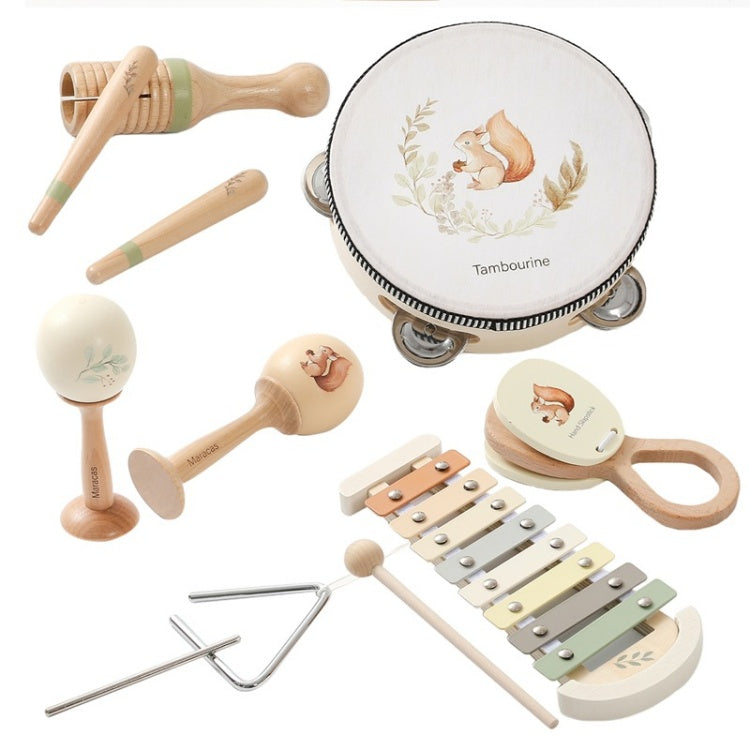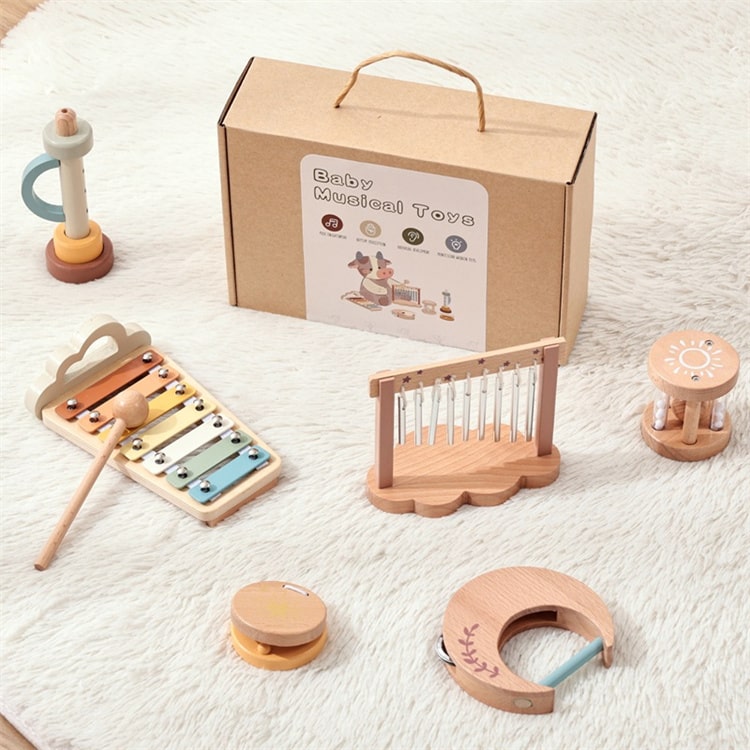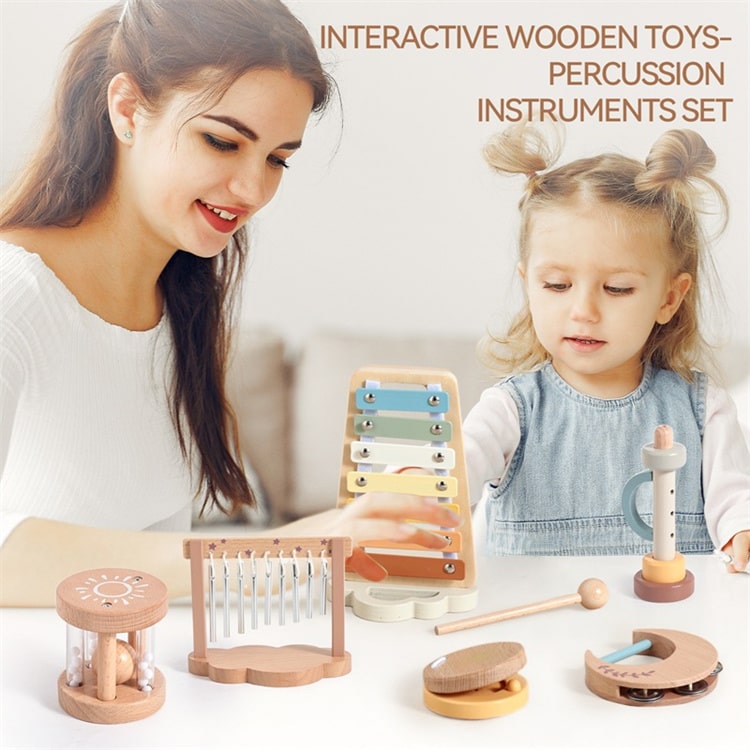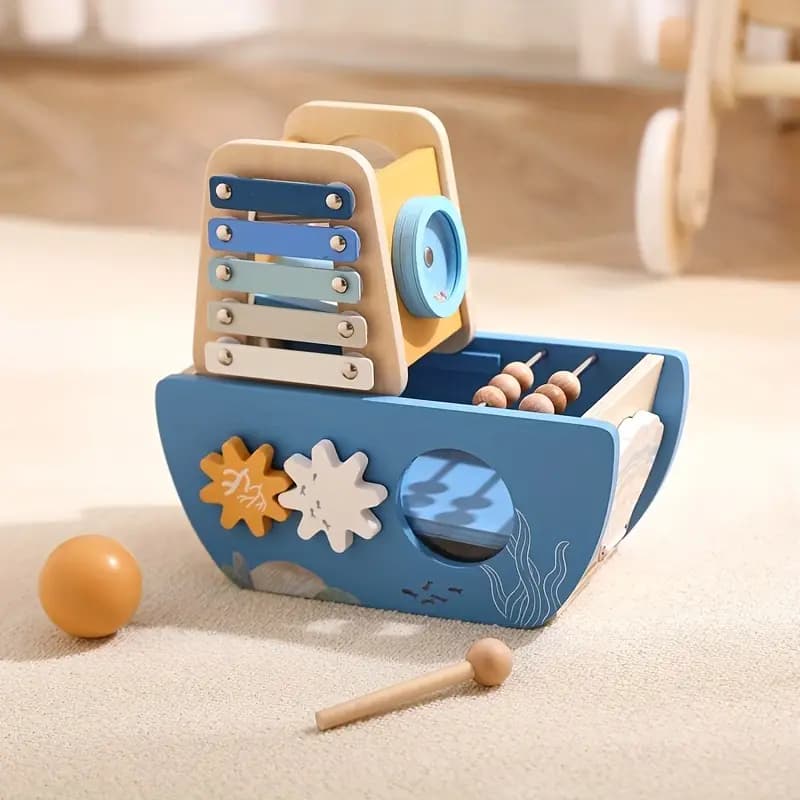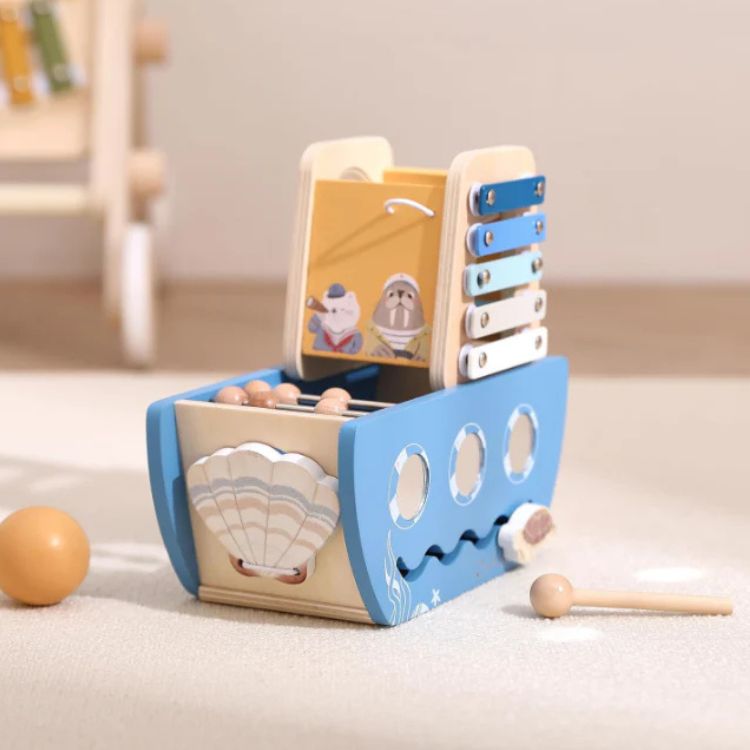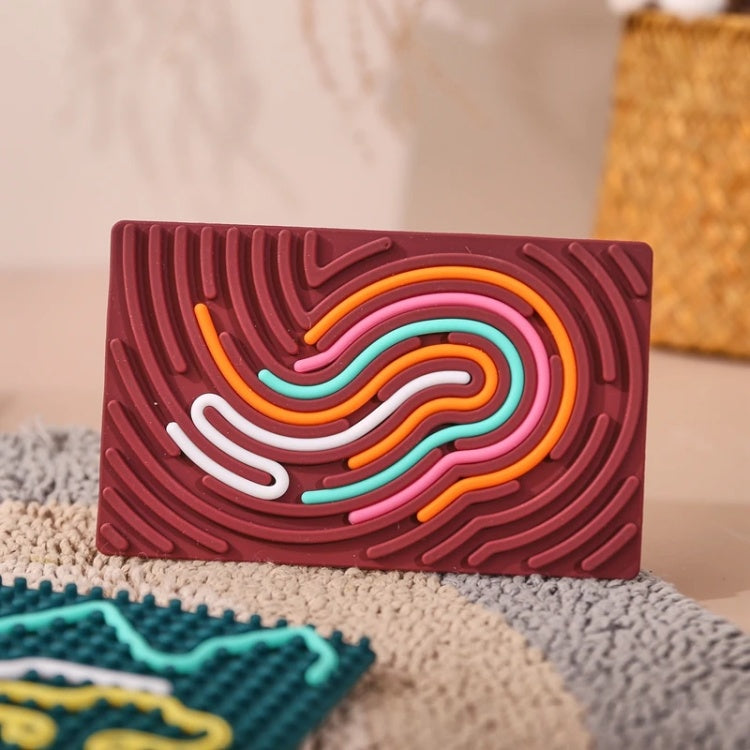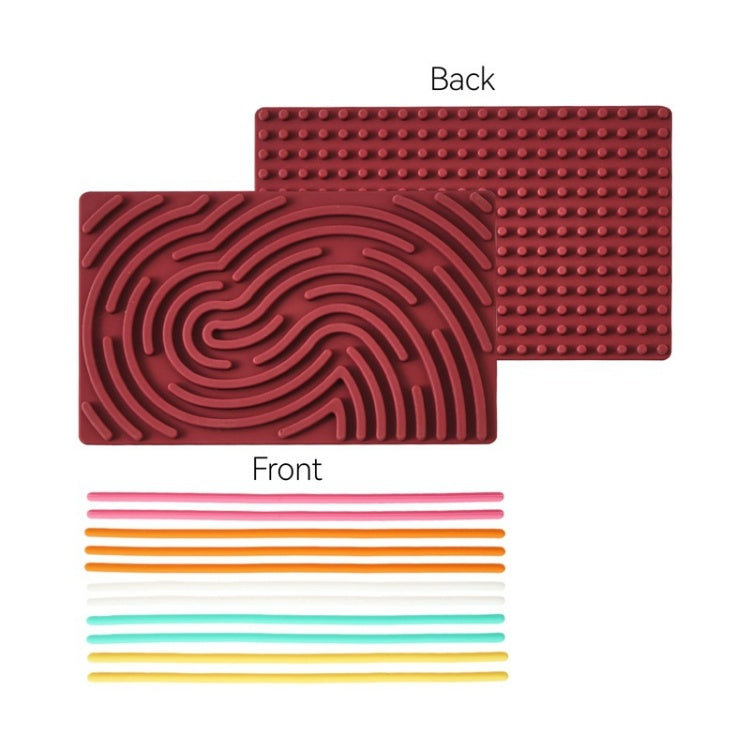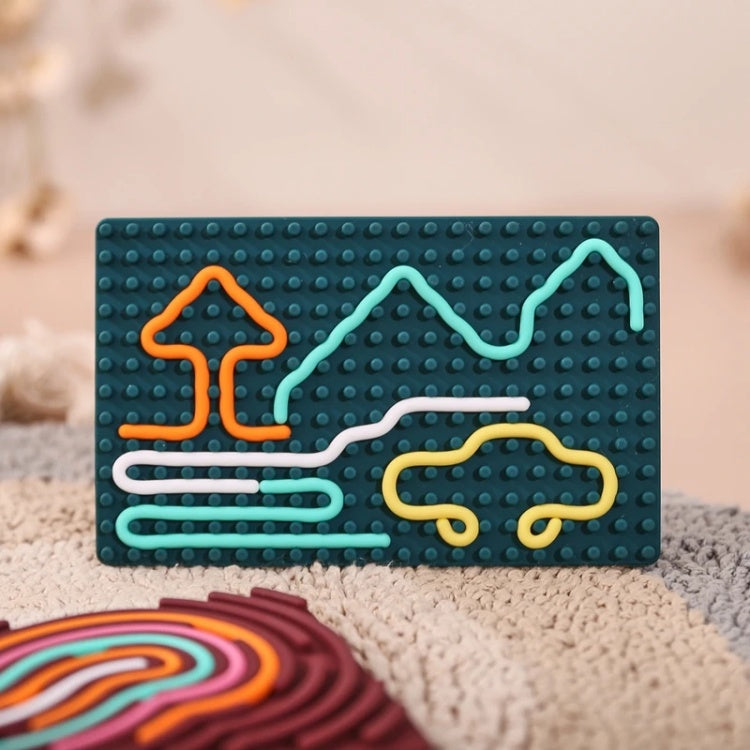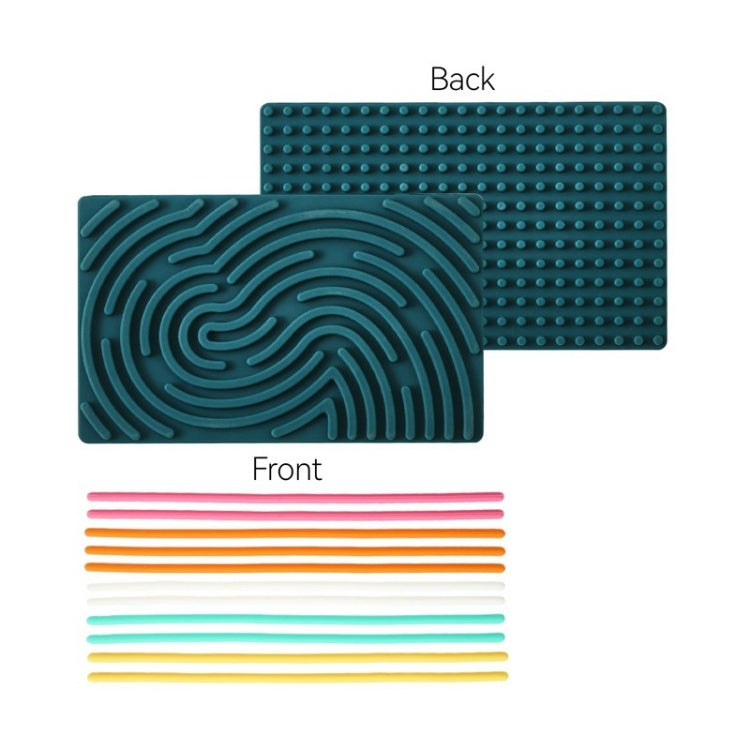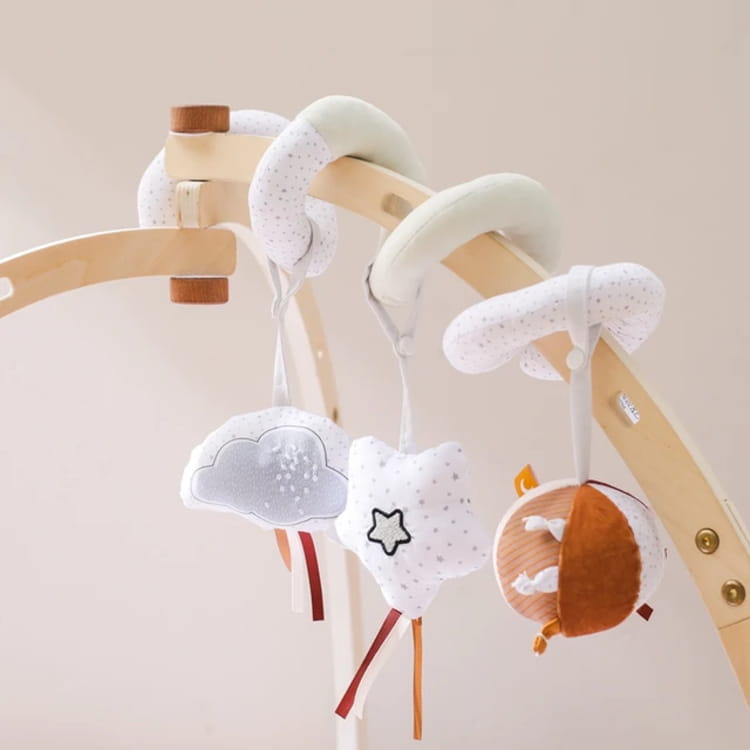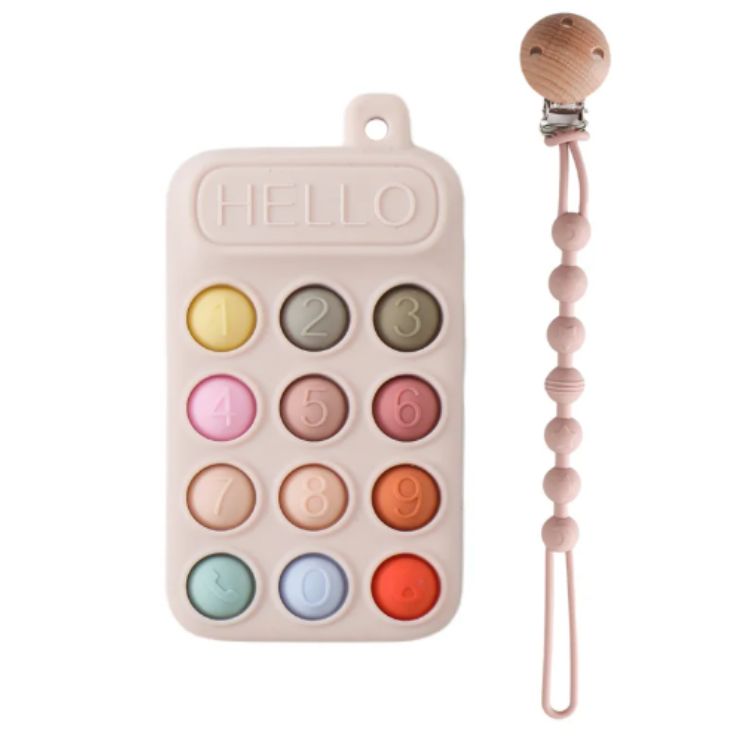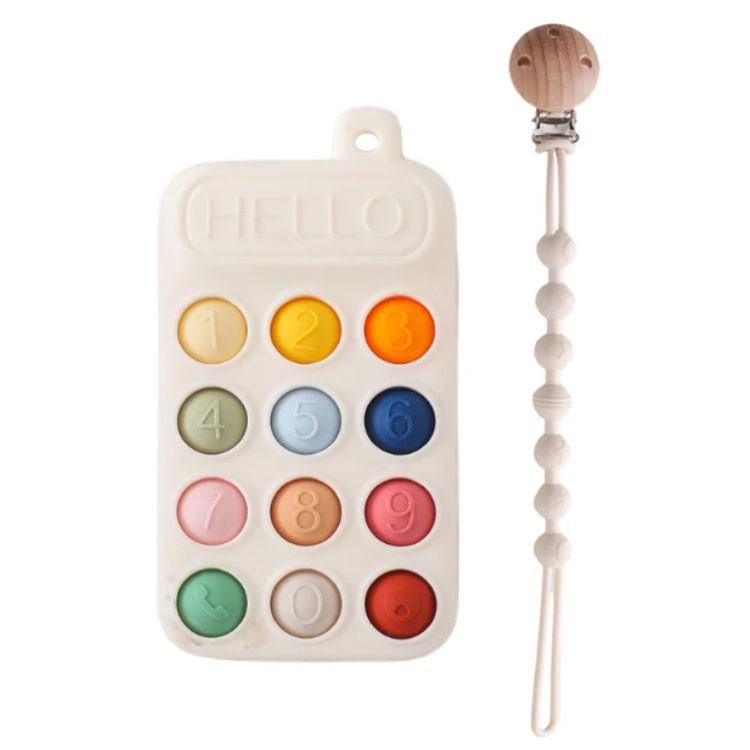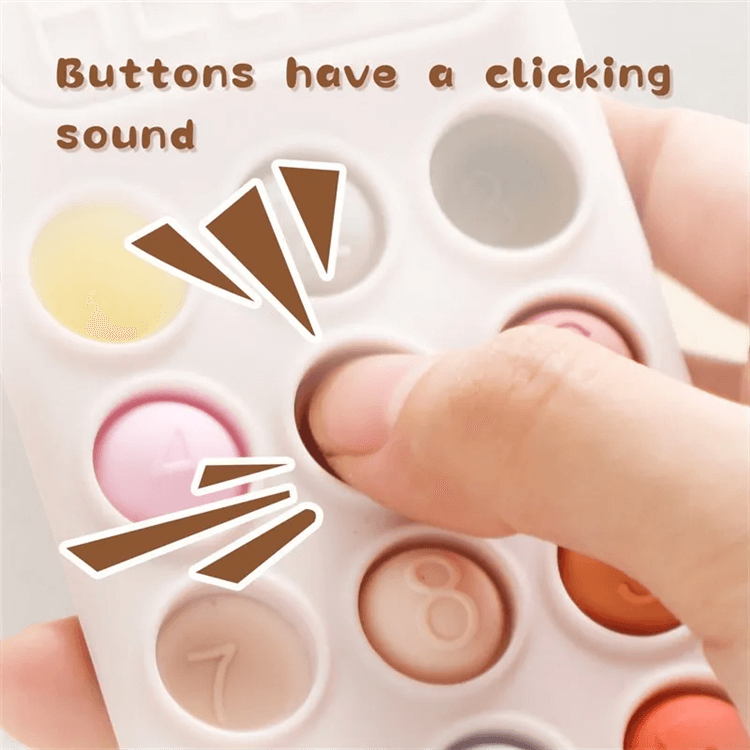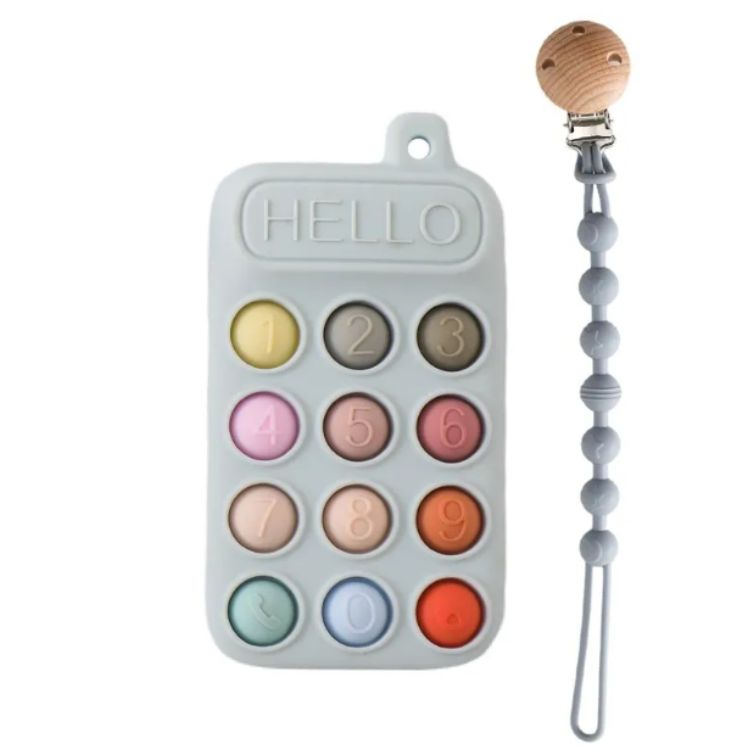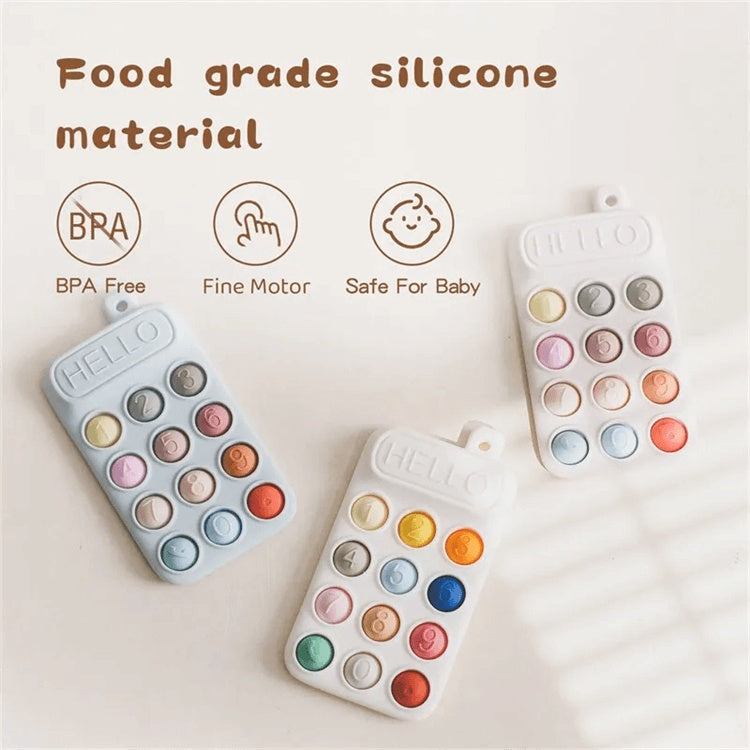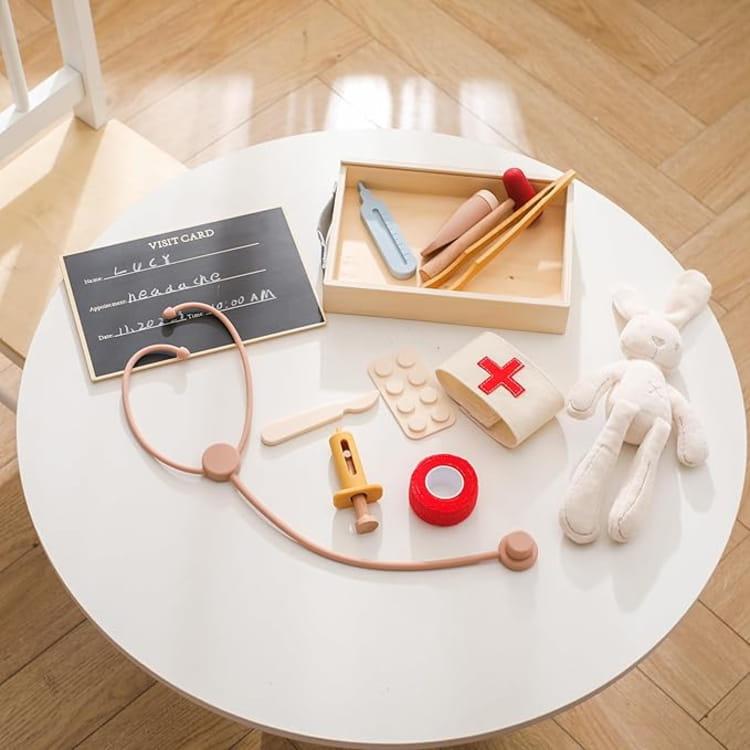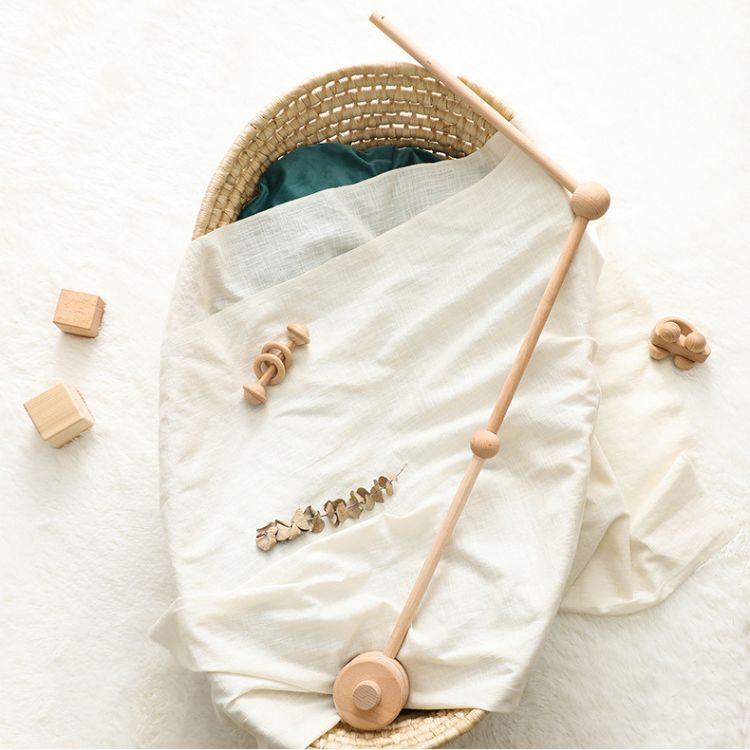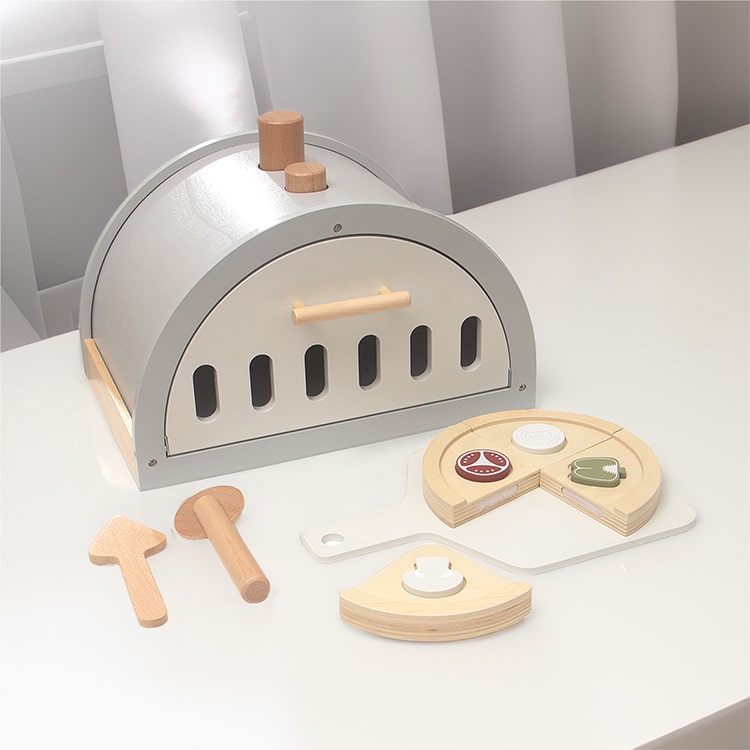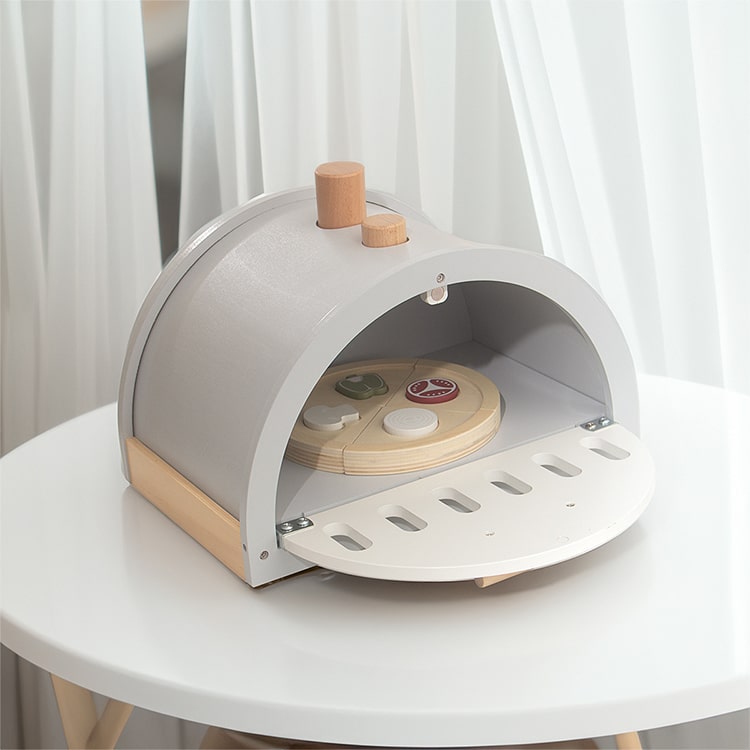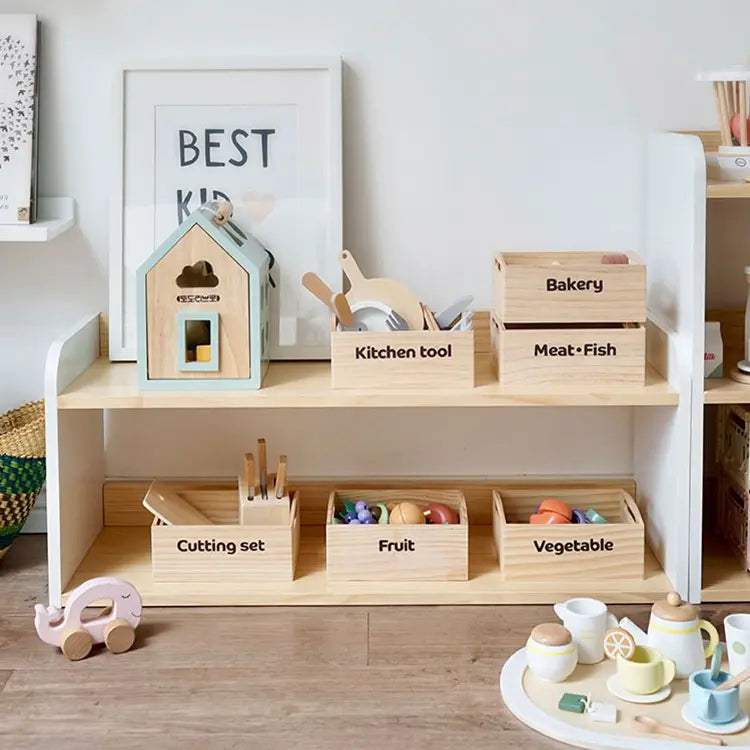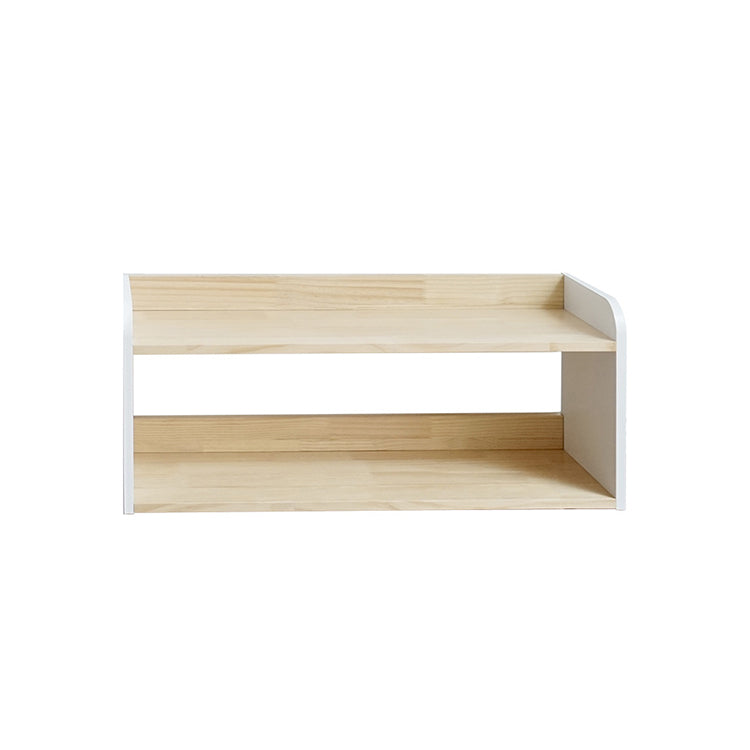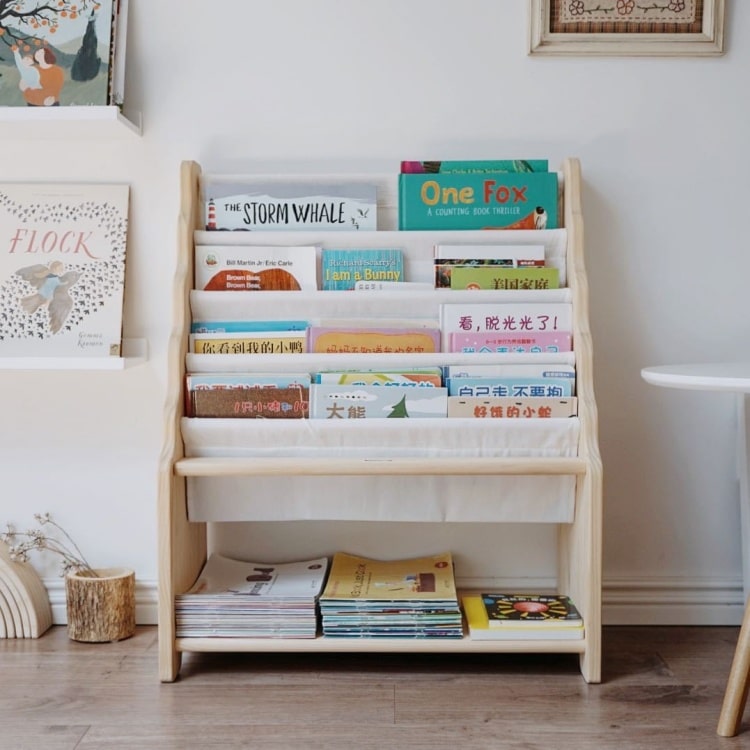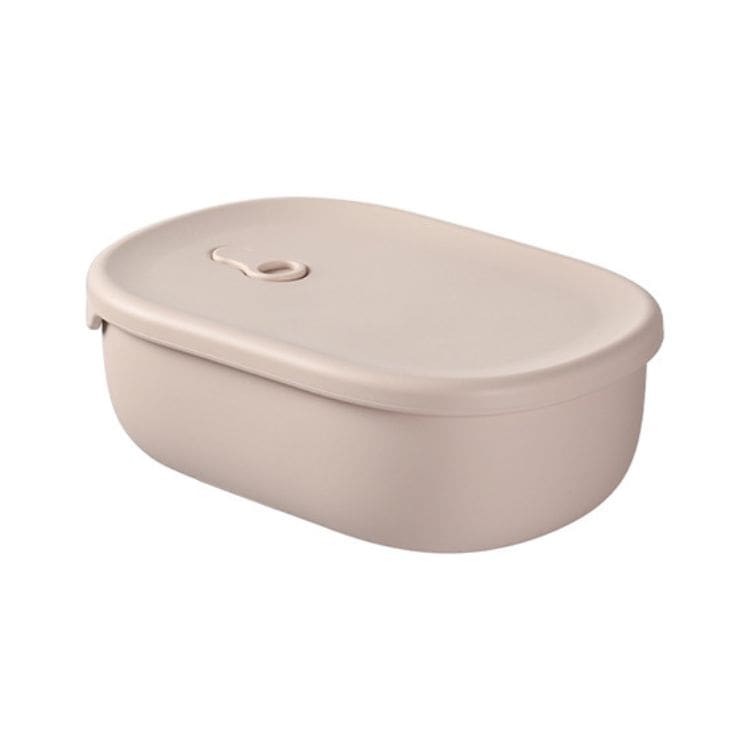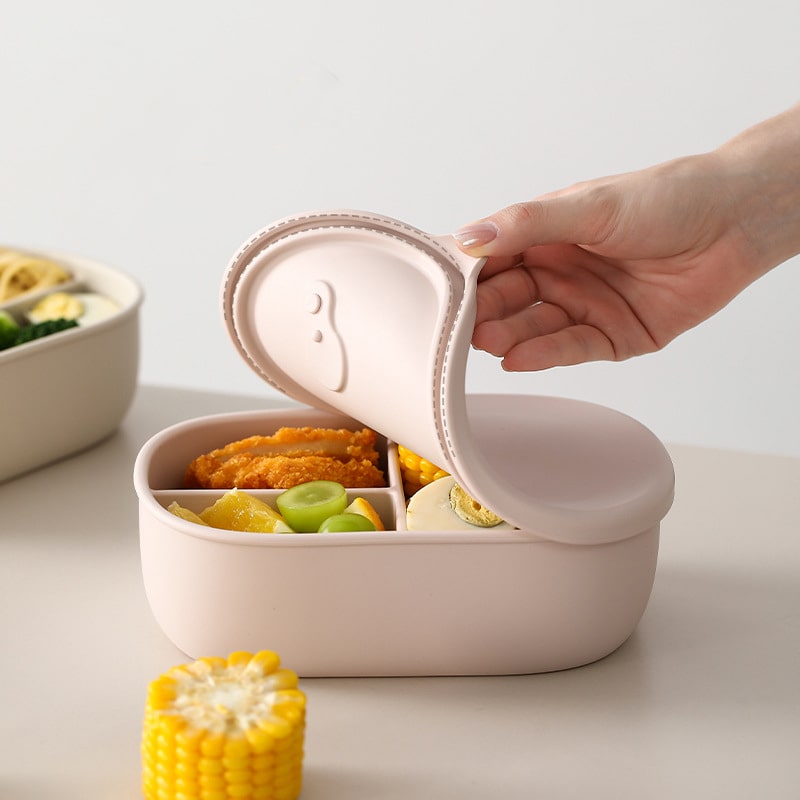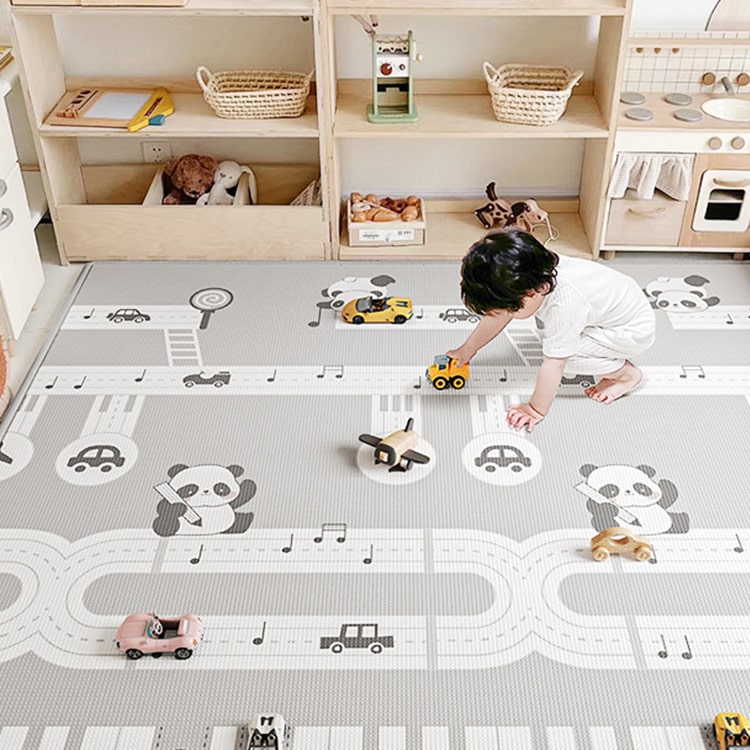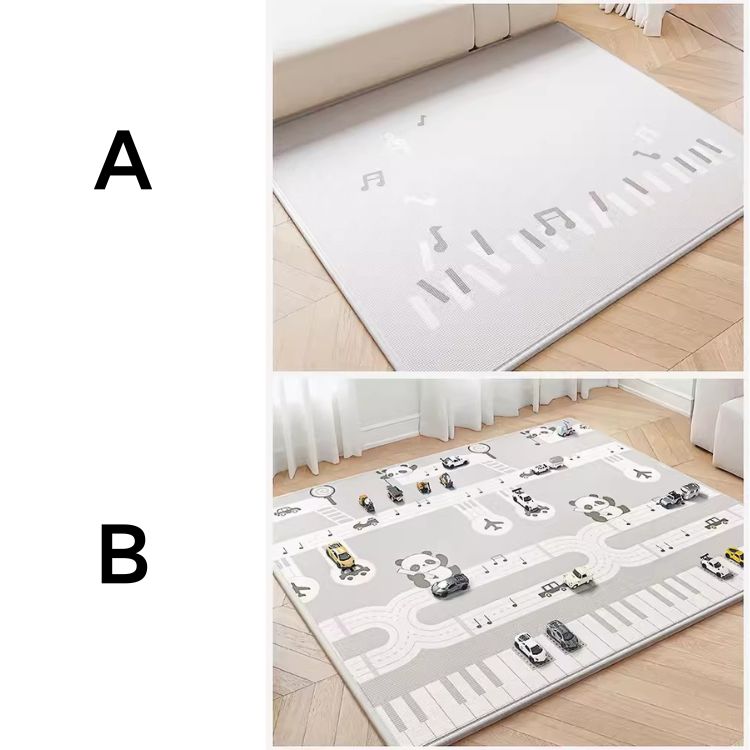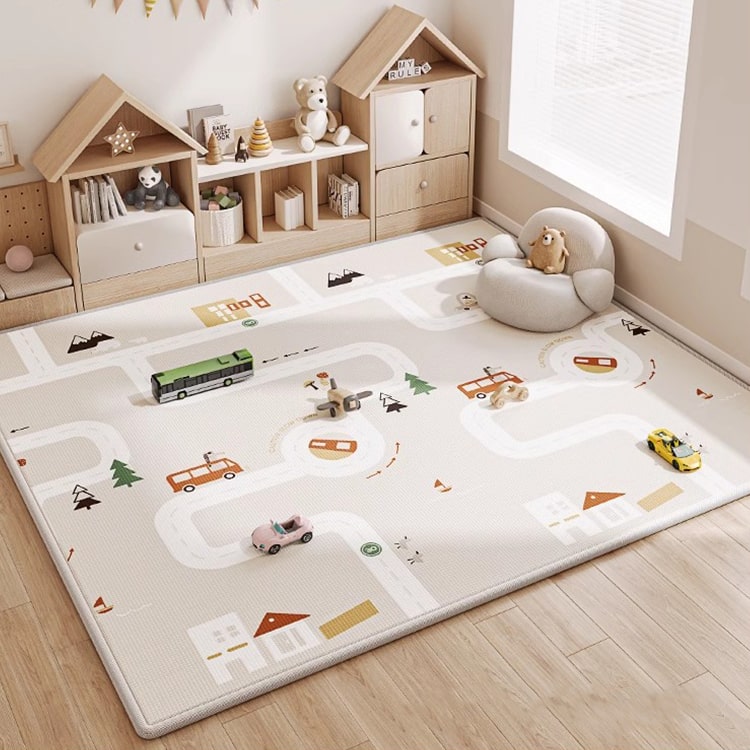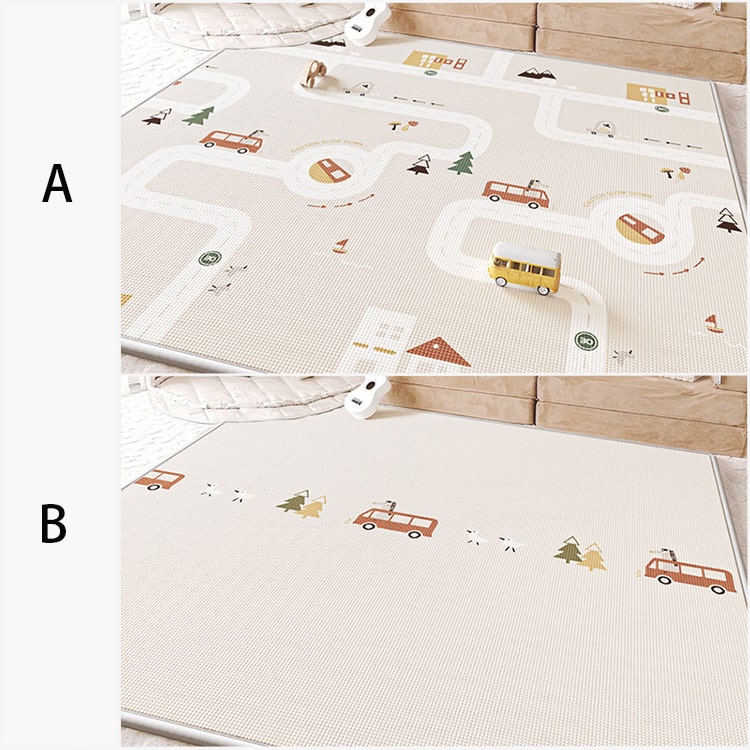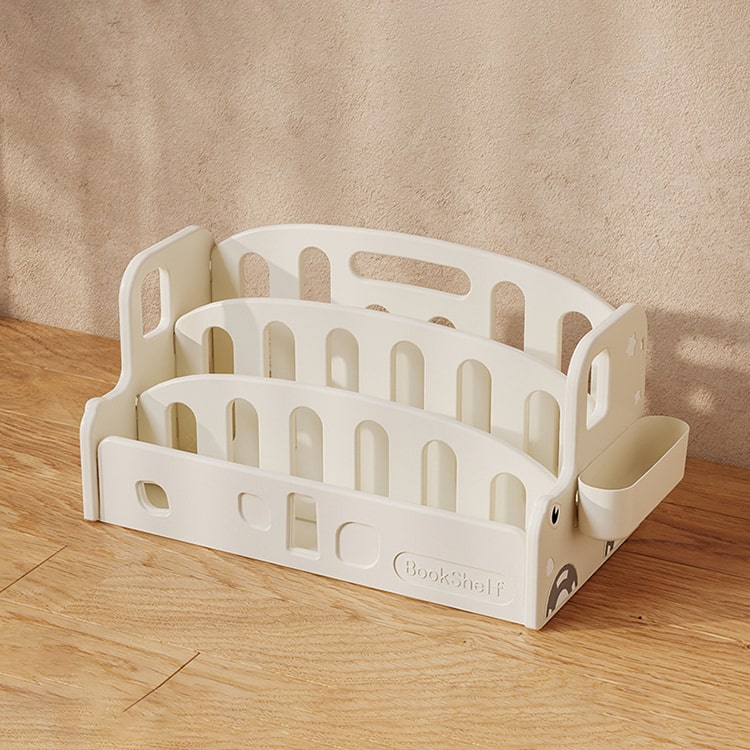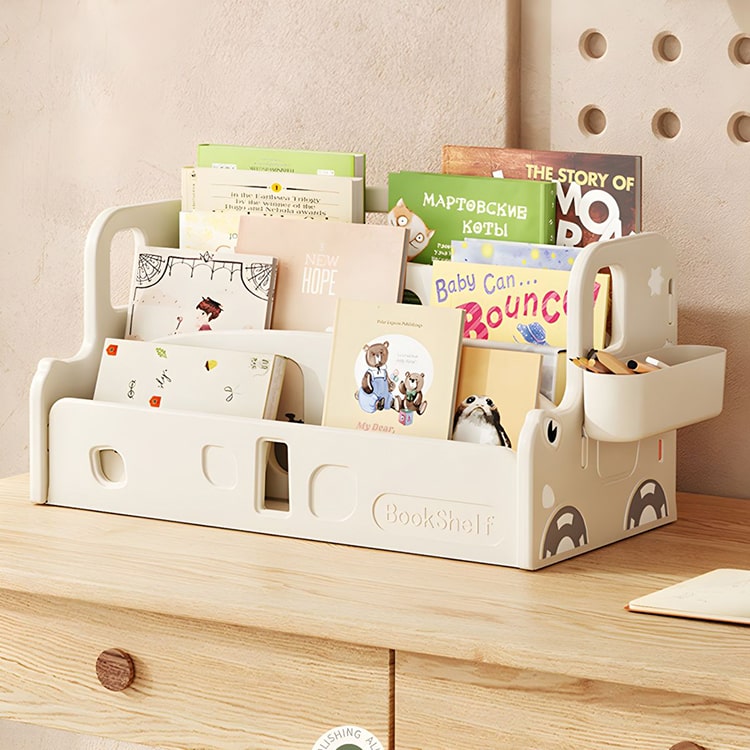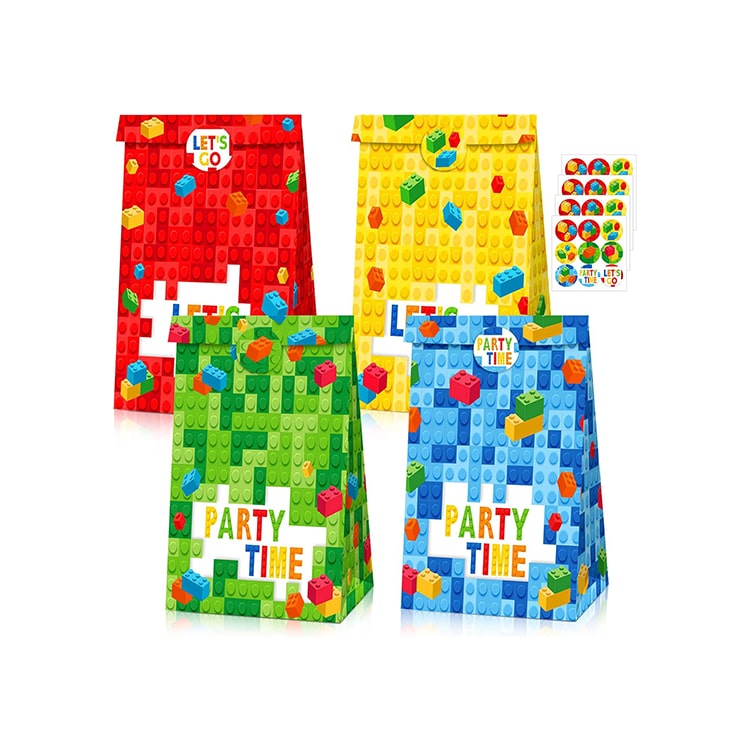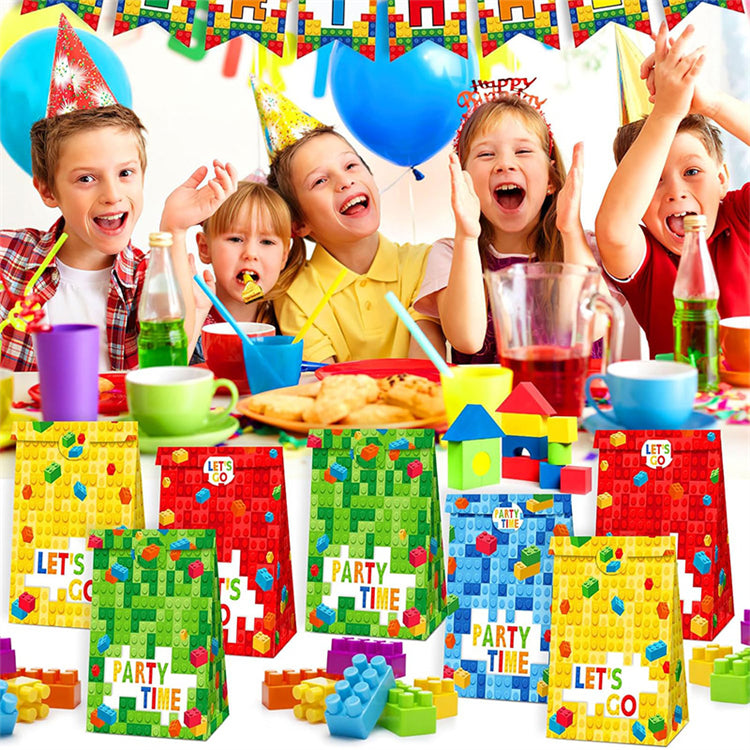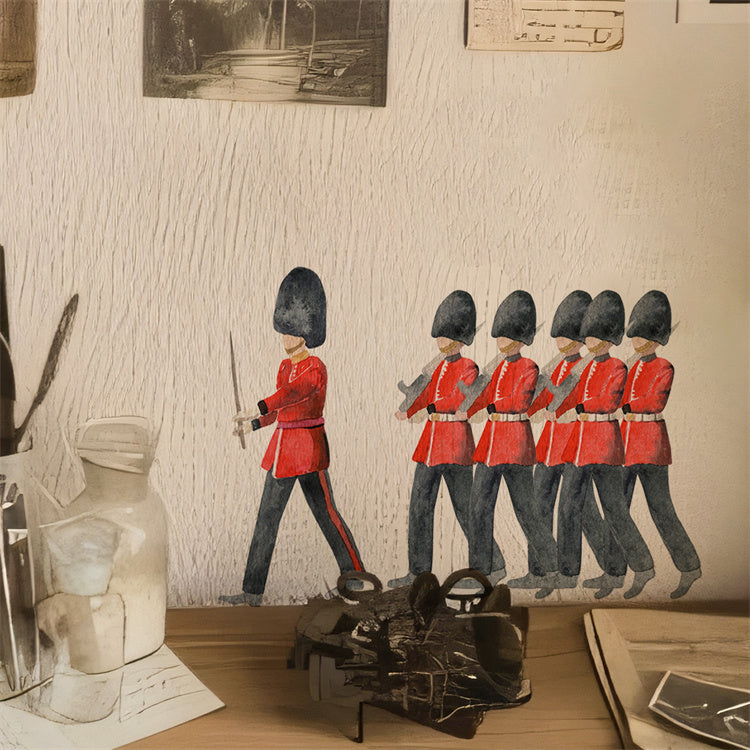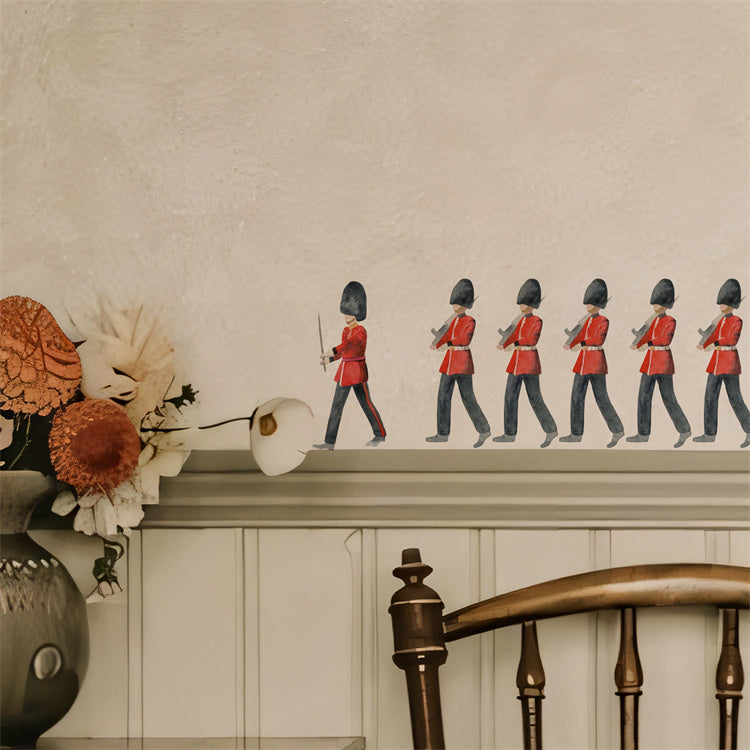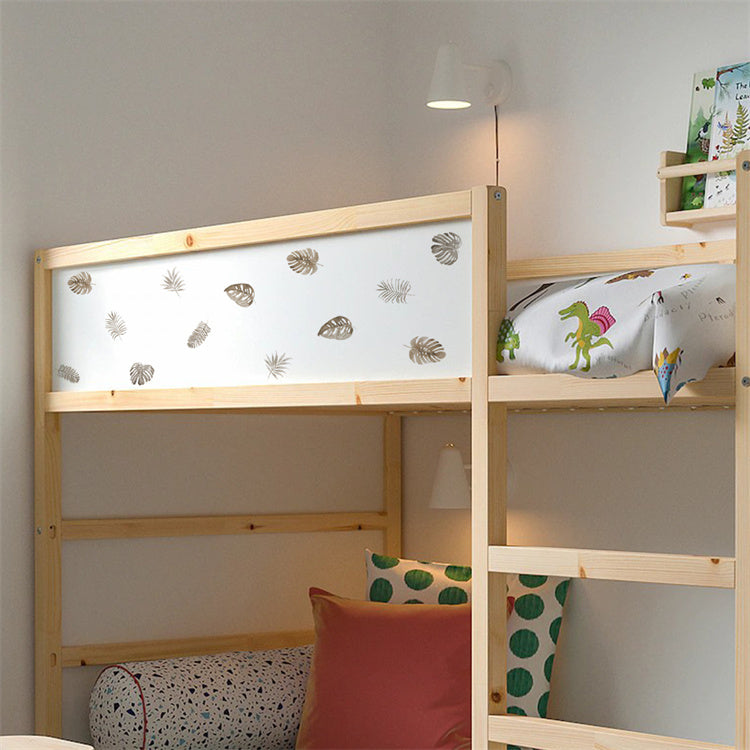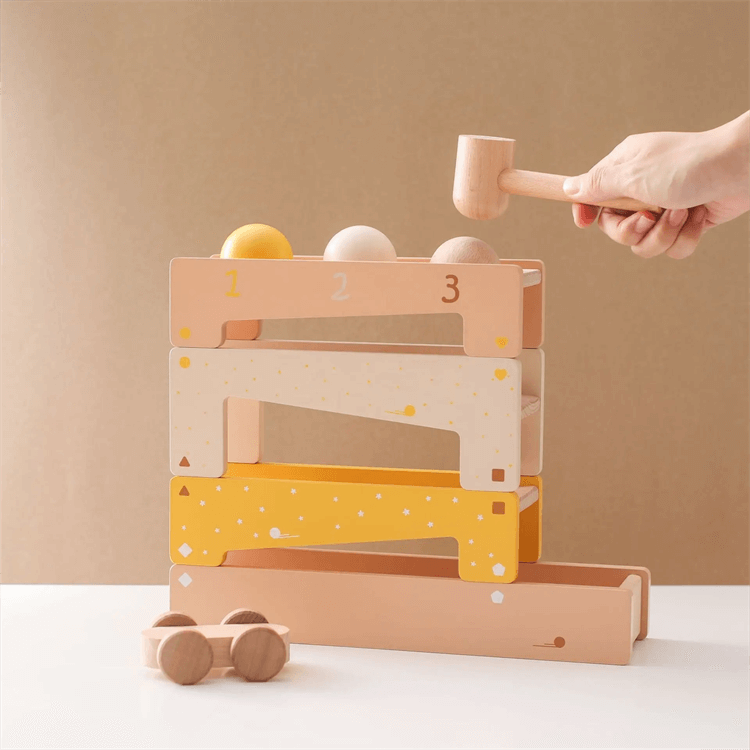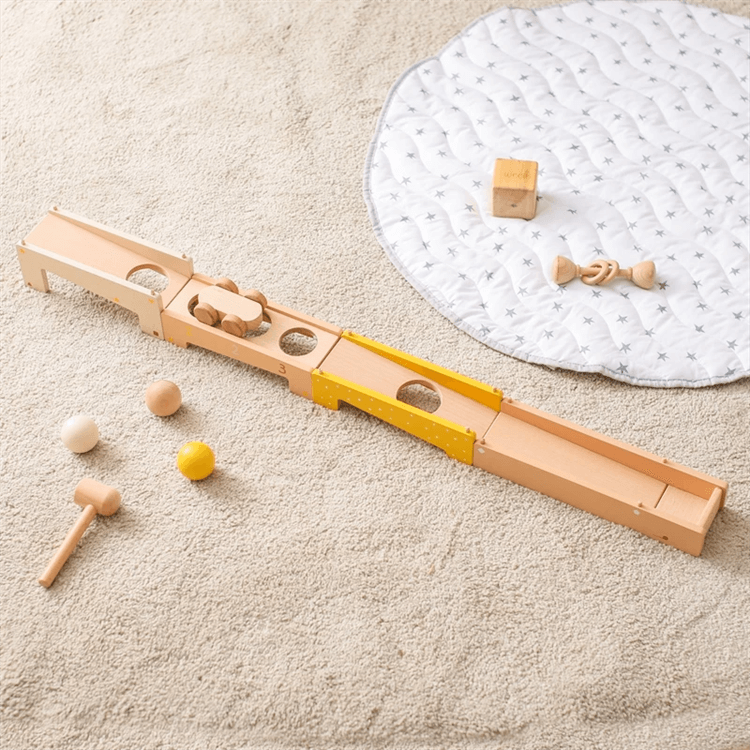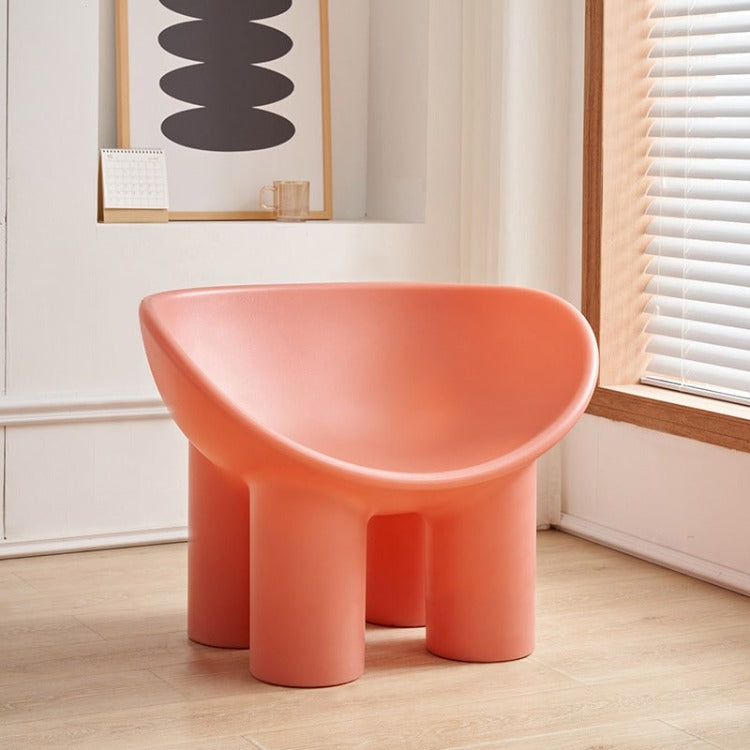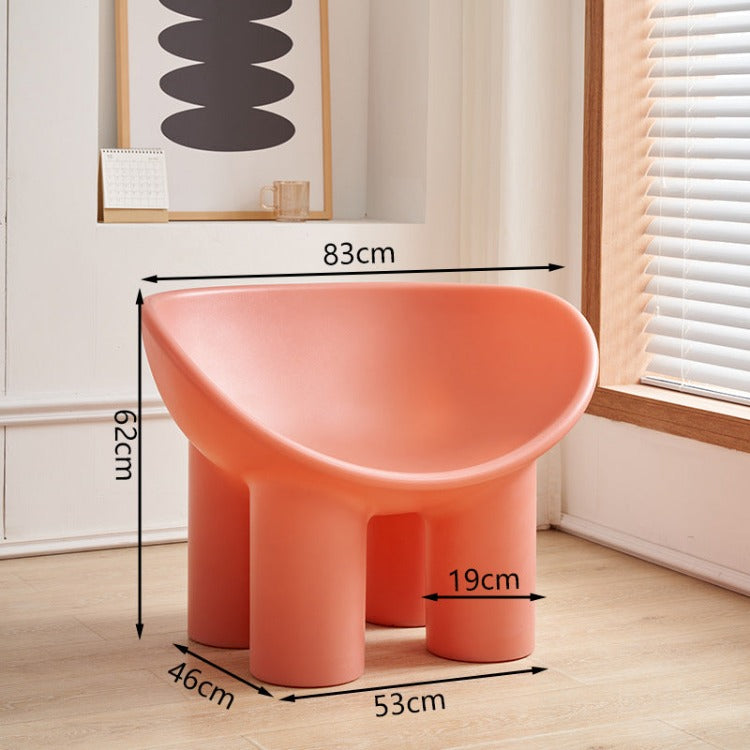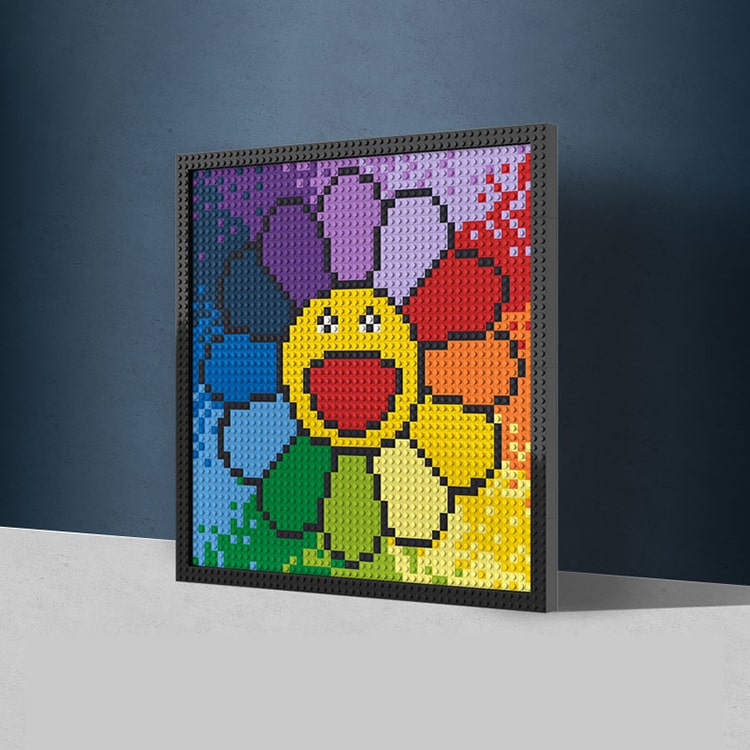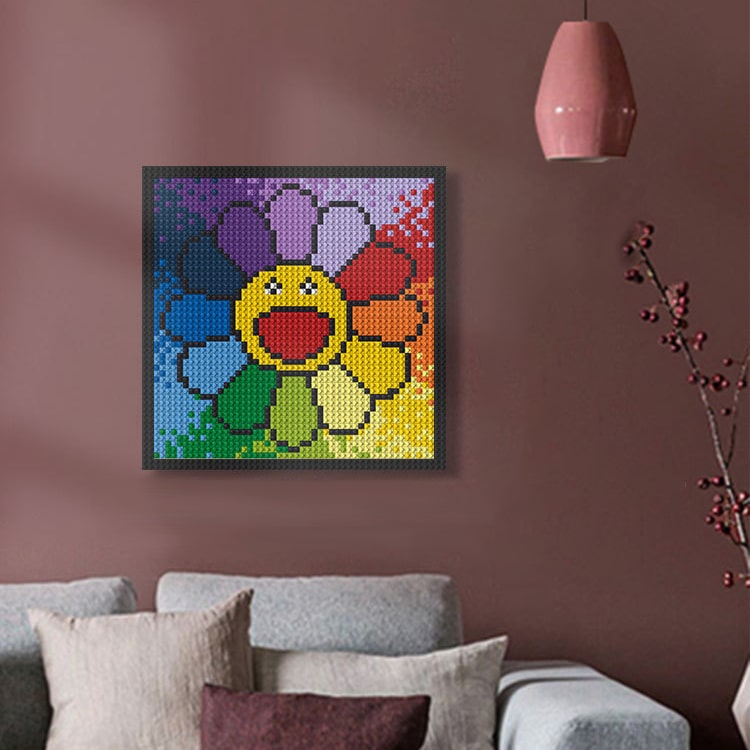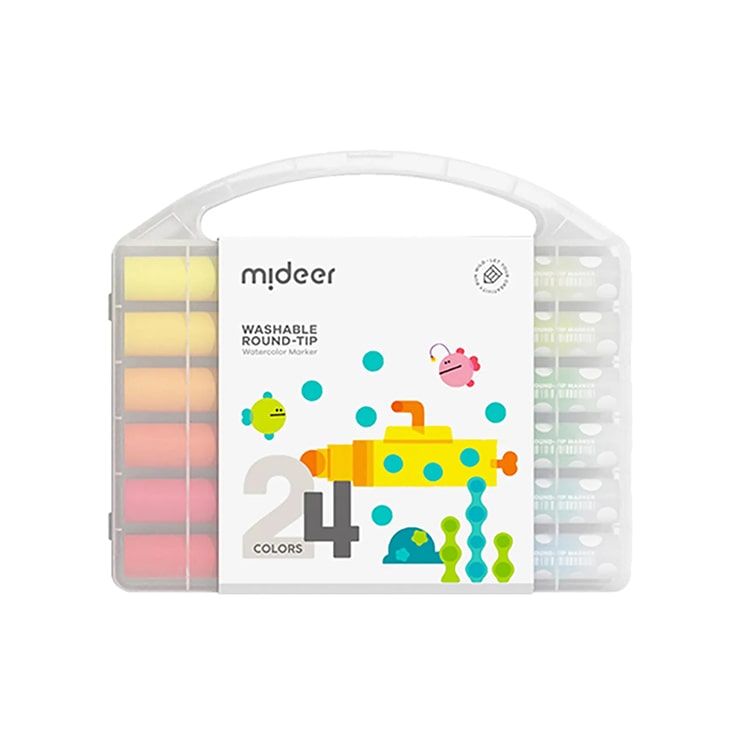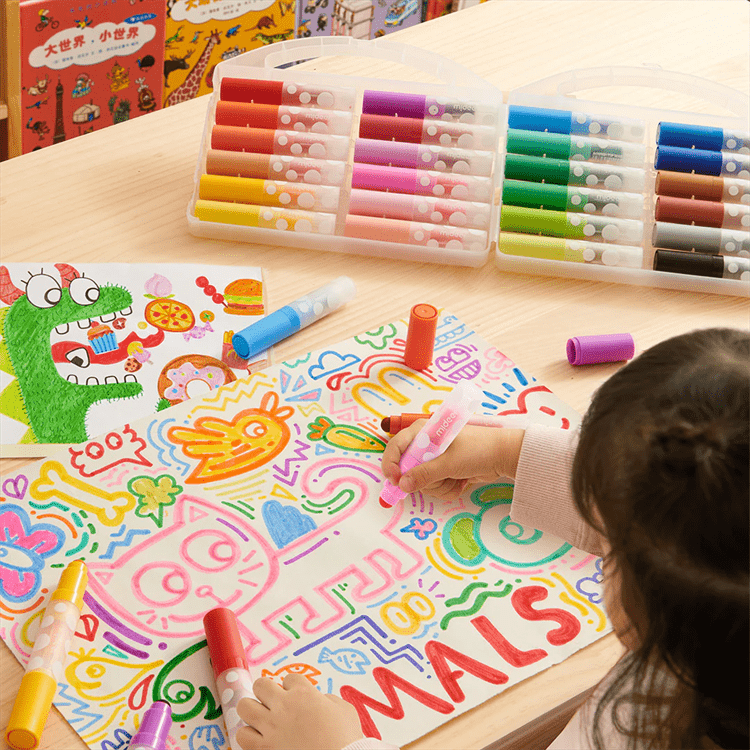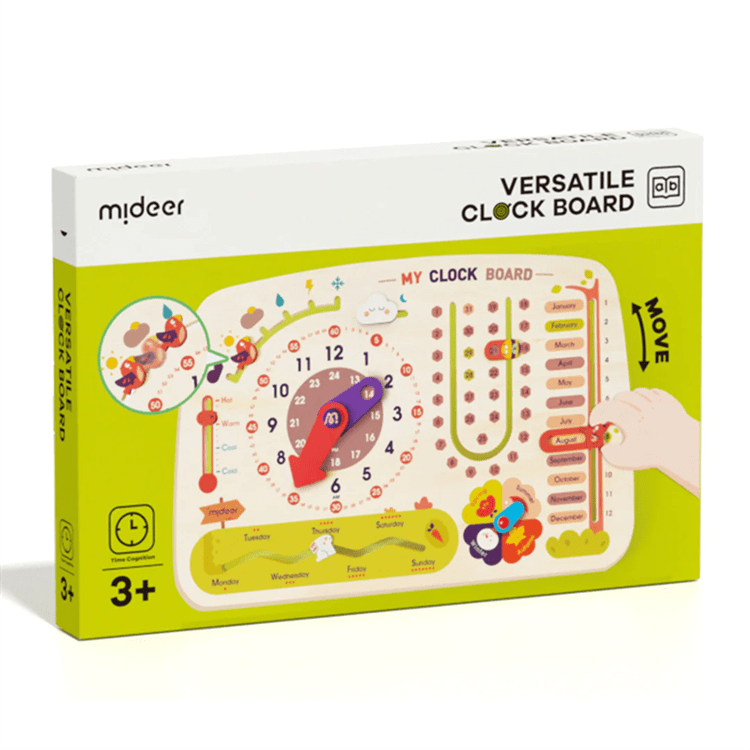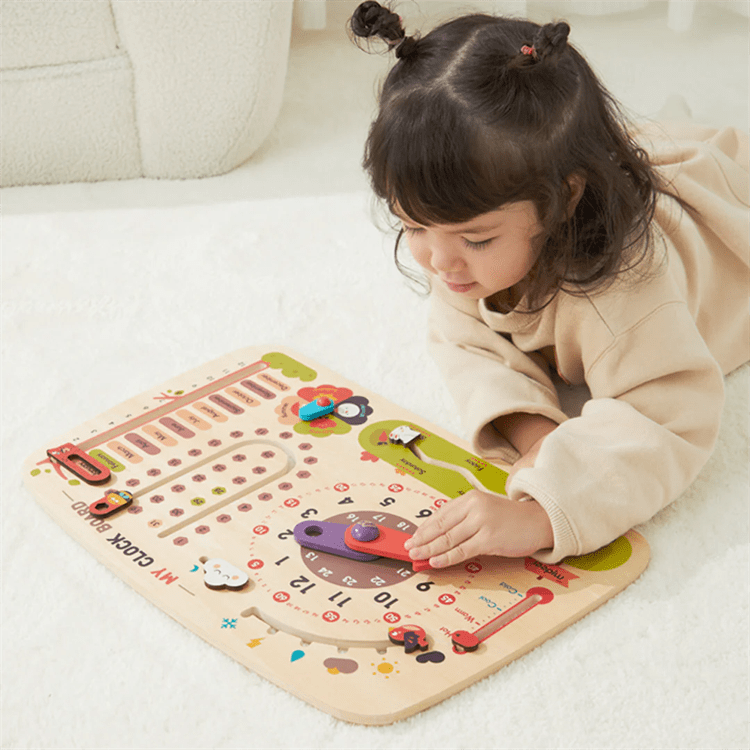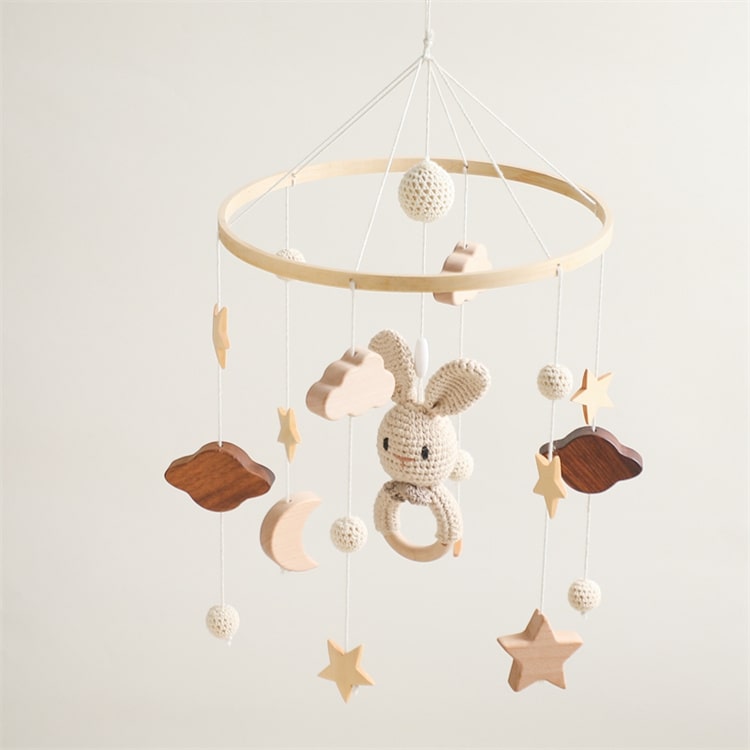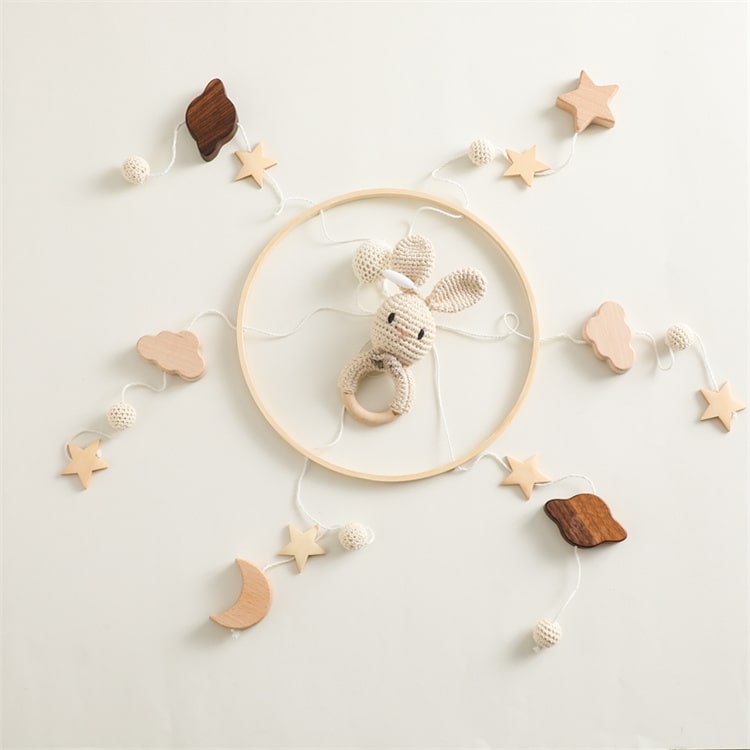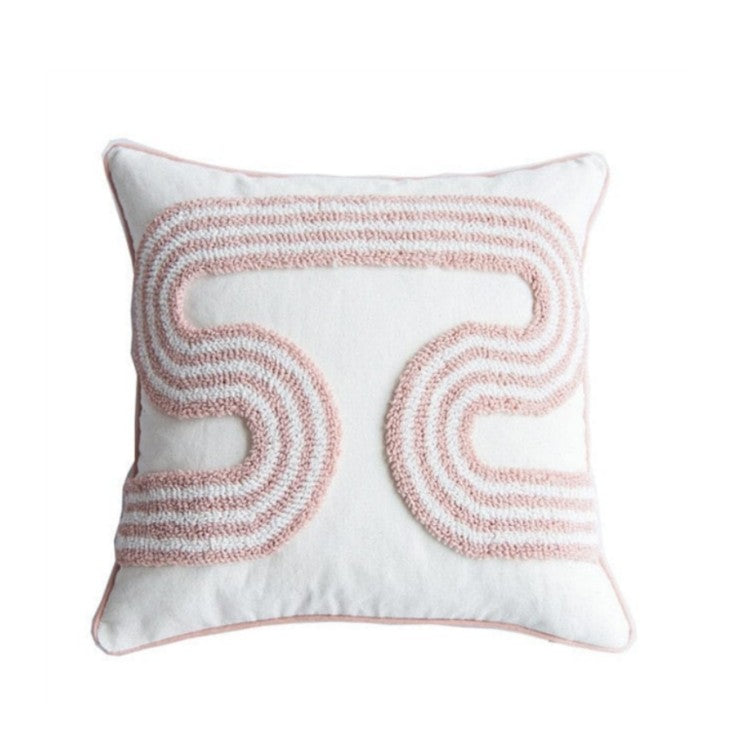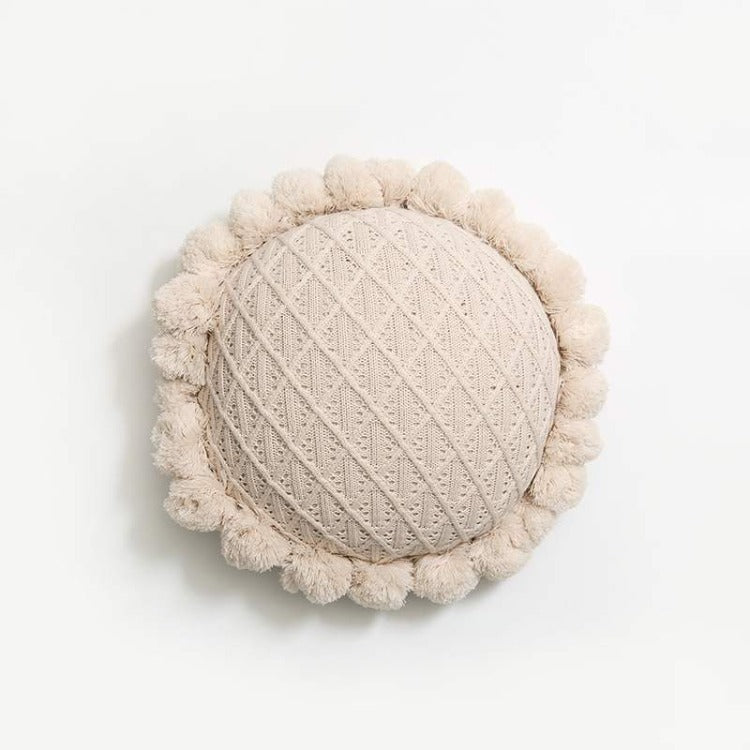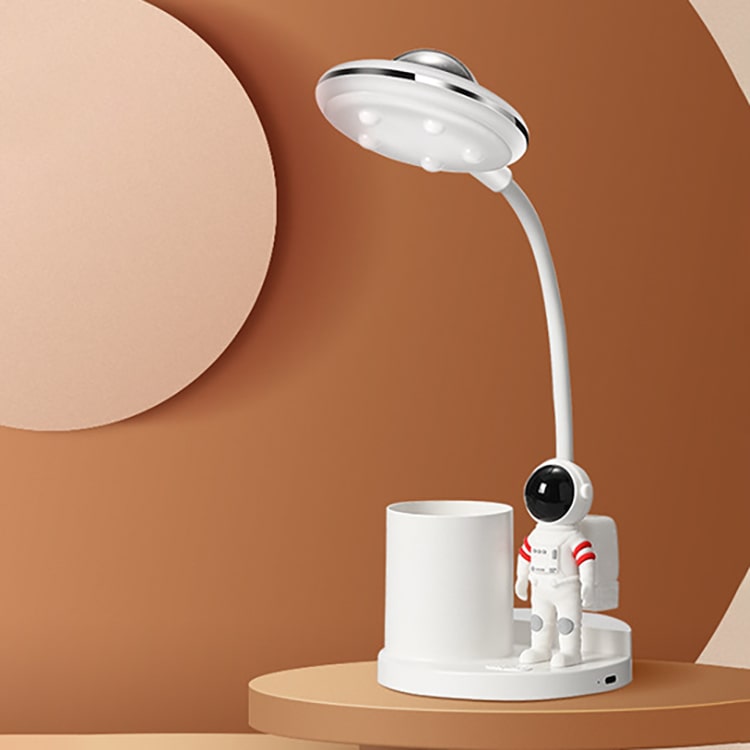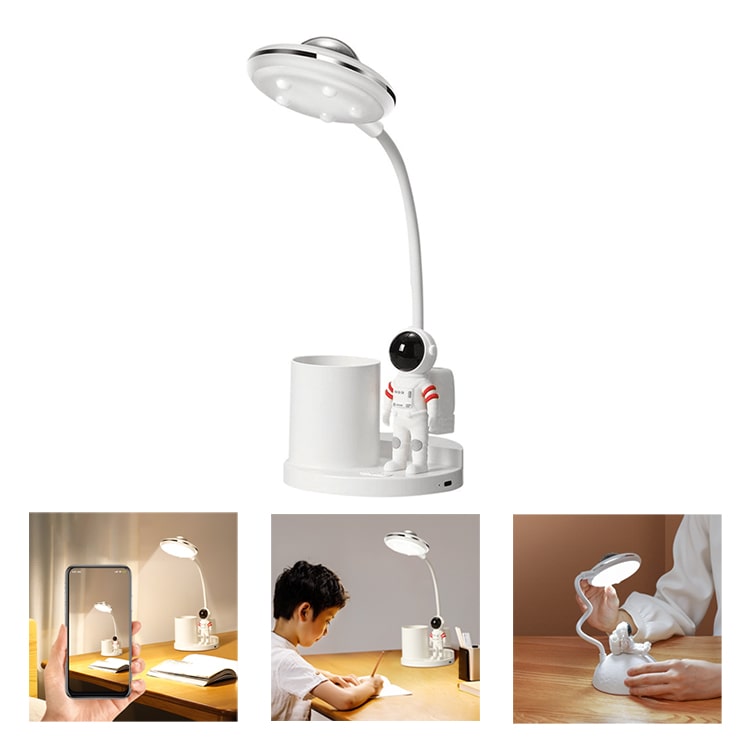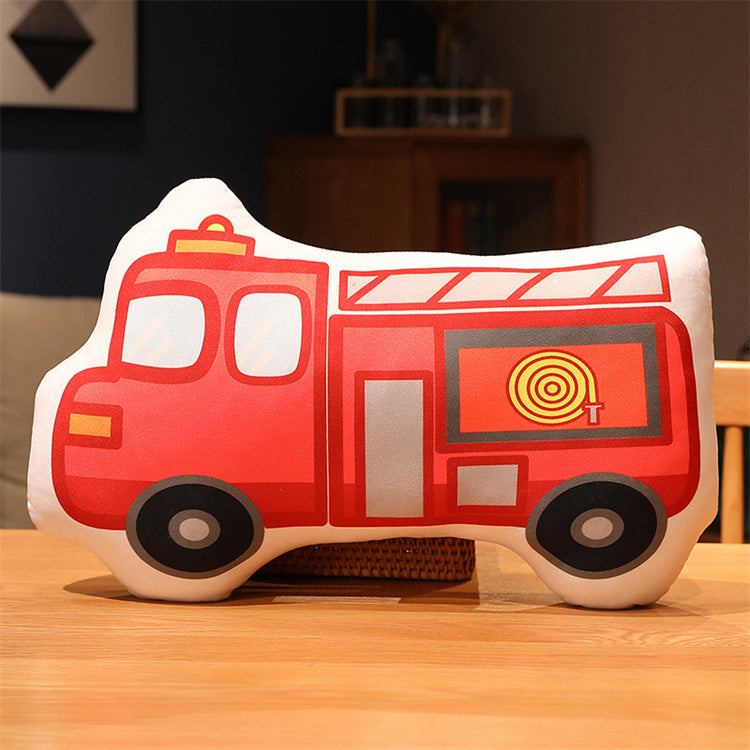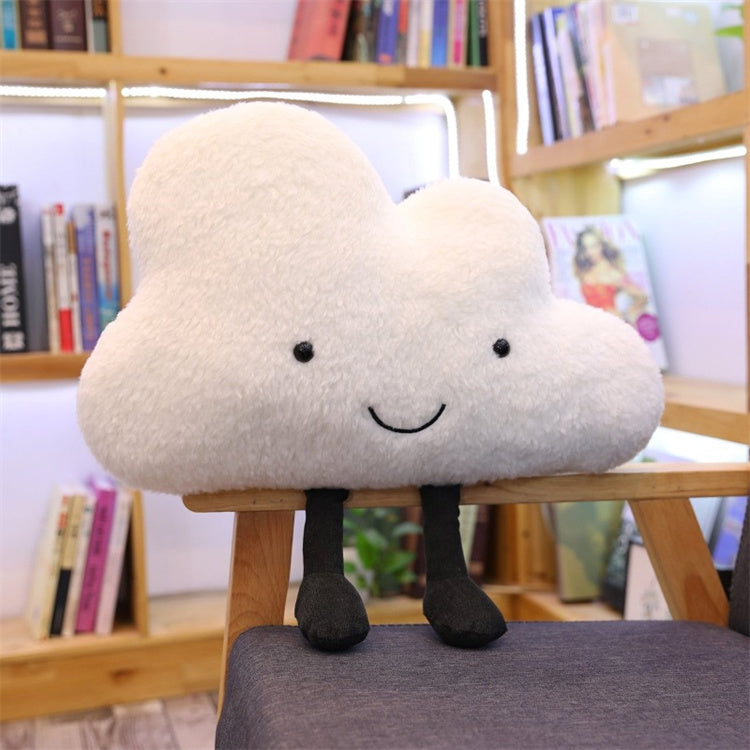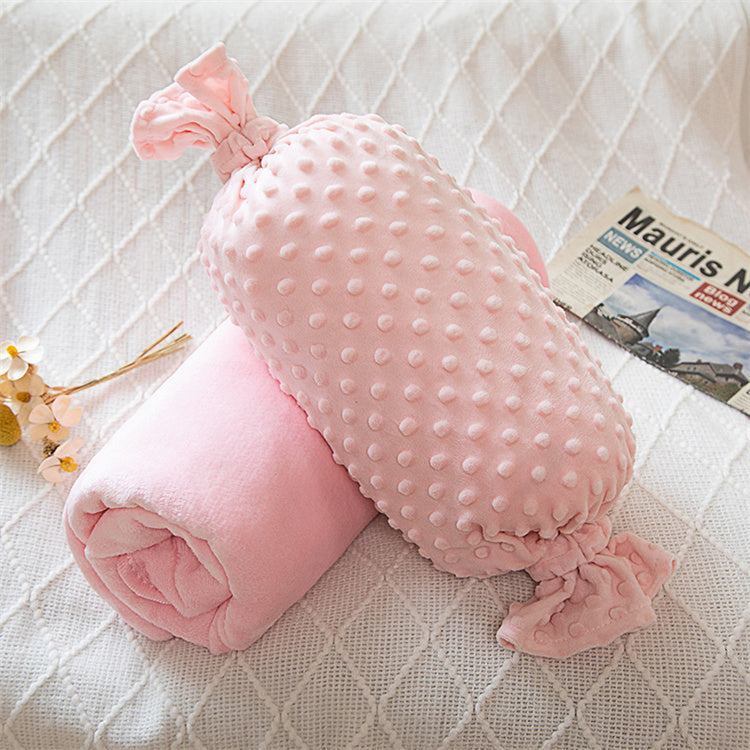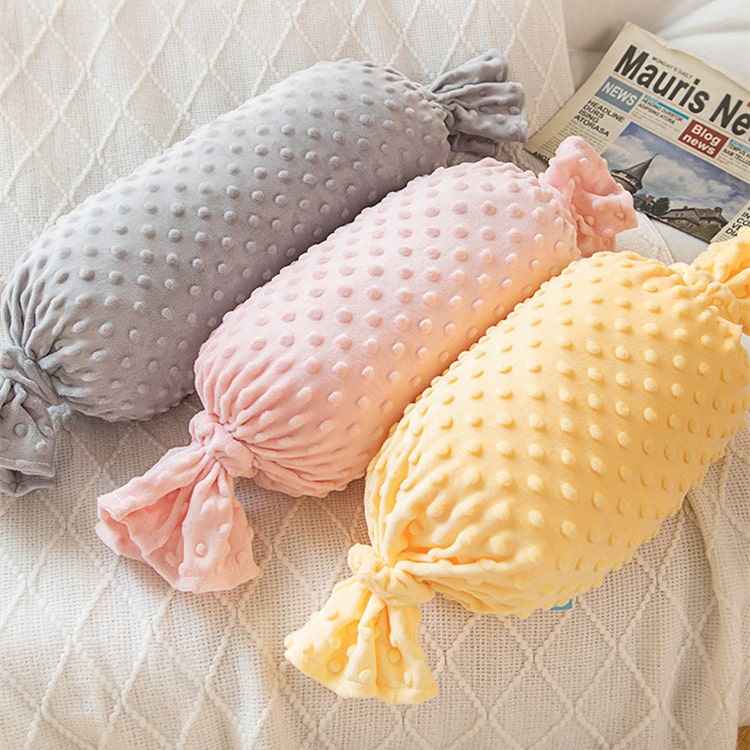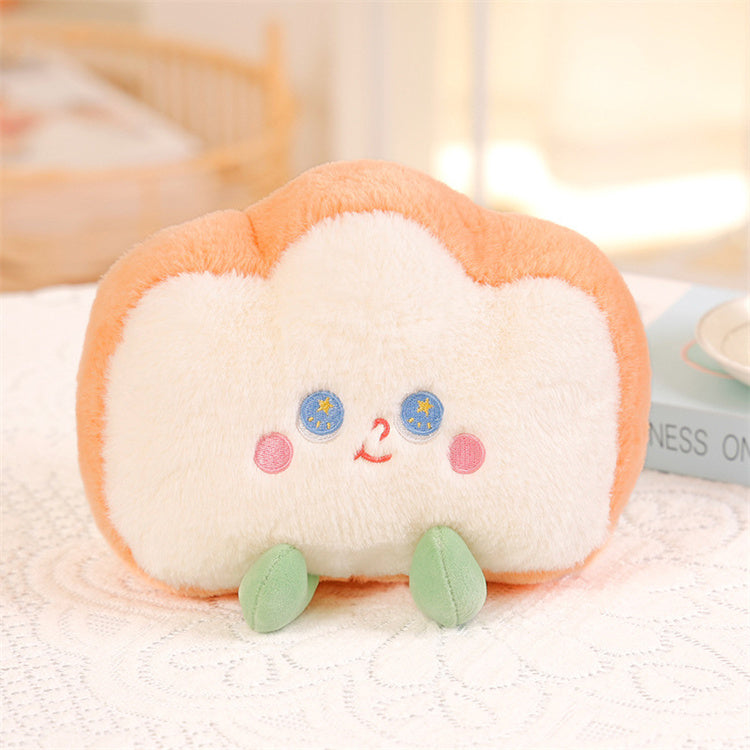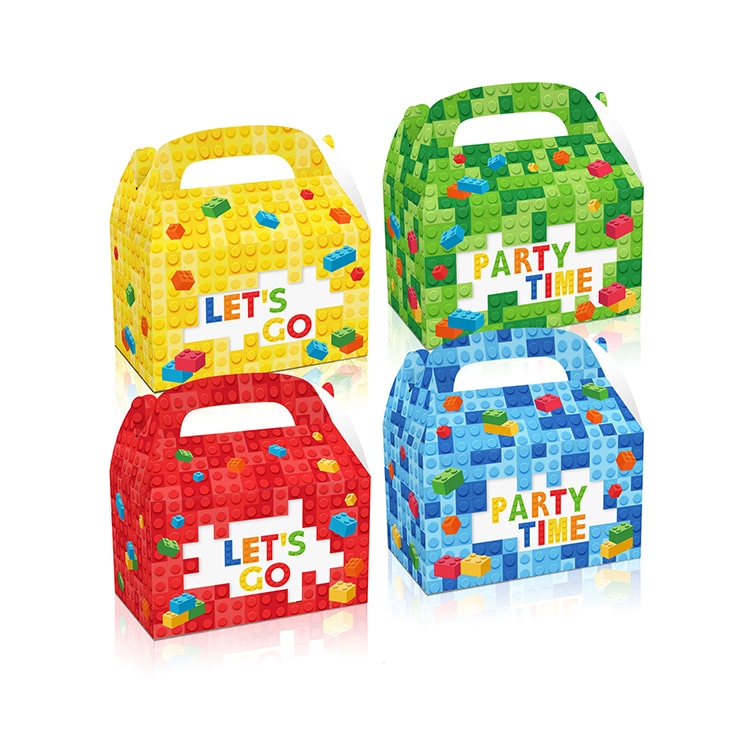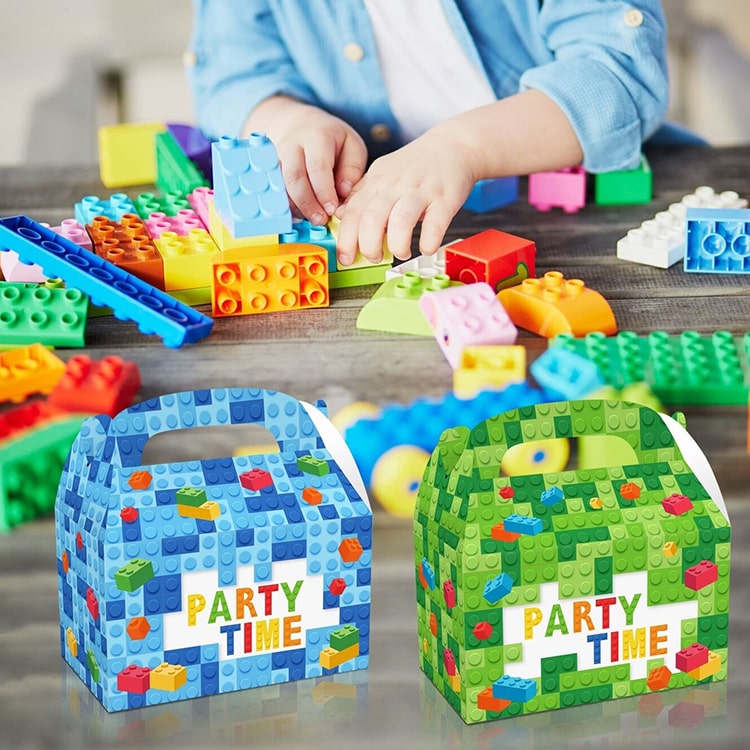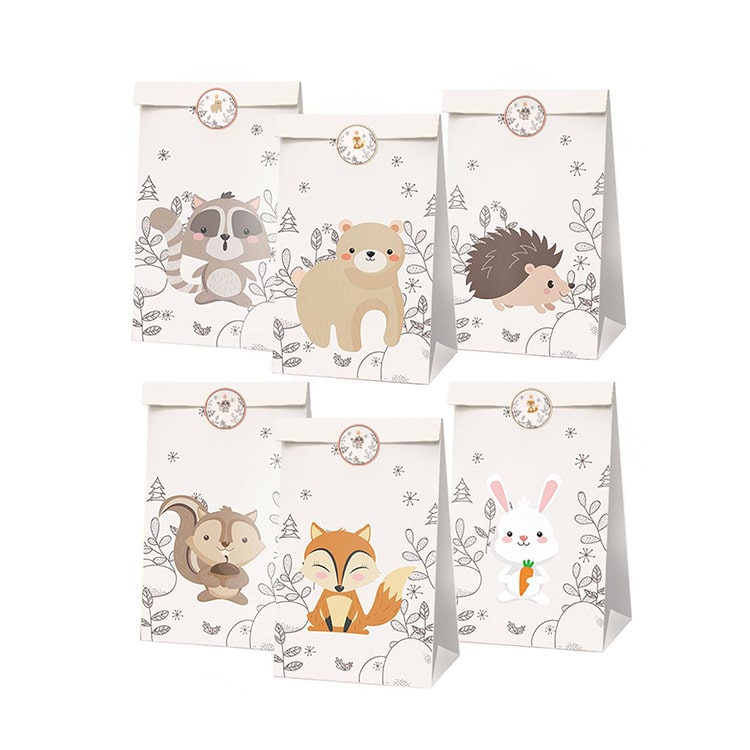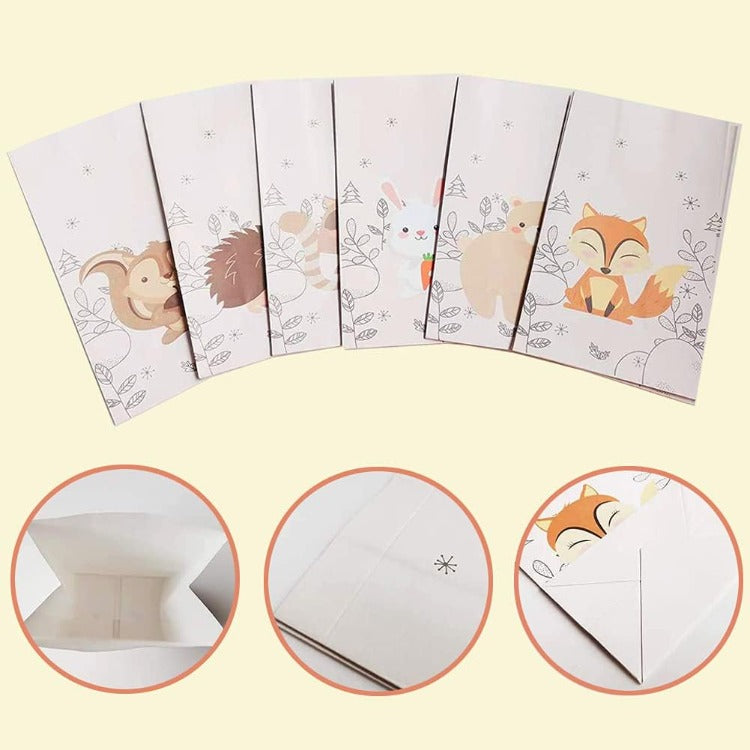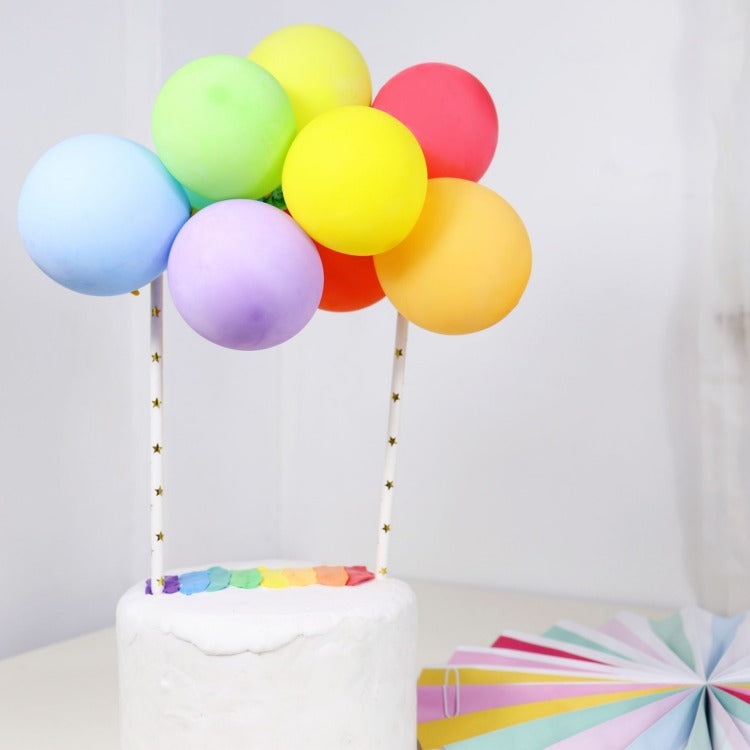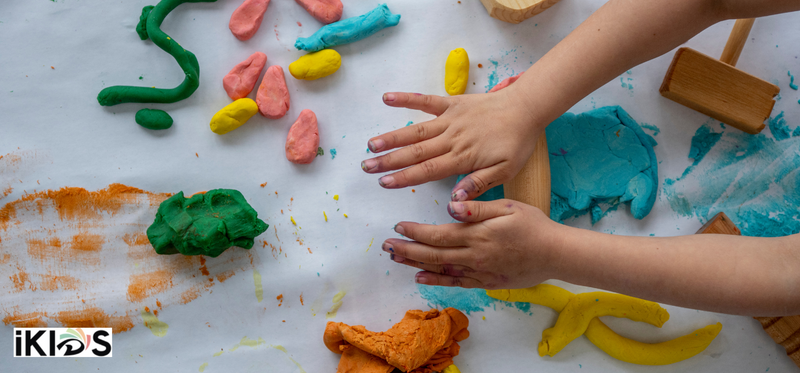
Play Dough – Pros, Cons and Everything In-between
Play dough is a must have for kids, it helps with so many aspects of life as well as education. It assists for sensory sensitivity and story-telling, left brain thinking and if scented it can also be a fun way to calm your little one down. Here are five easy playdough recipes along with their pros and cons of each:

- Traditional Flour and Salt Playdough:
Ingredients:
- 2 cups all-purpose flour
- 1 cup salt
- 2 tablespoons cream of tartar
- 2 tablespoons vegetable oil
- 2 cups water
- Food colouring (optional)
Pros:
- Easy to make with common household ingredients.
- Soft texture that's easy to mould and shape.
Cons:
- Requires the ingredients to be boiled together, which may not be suitable for younger children.
- Salt content can be drying to the hands with prolonged use.
- No-Cook Playdough:
Ingredients:
- 2 cups all-purpose flour
- 1 cup salt
- 2 tablespoons cream of tartar
- 2 tablespoons vegetable oil
- 1 to 1.5 cups boiling water
- Food colouring (optional)
Pros:
- Quick and easy to make without cooking.
- Soft and pliable texture similar to cooked playdough.
Cons:
- Requires hot water, which may pose a safety risk for young children.
- May not last as long as cooked playdough.
- Jell-O Playdough:
Ingredients:
- 1 cup flour
- 1/2 cup salt
- 2 tablespoons cream of tartar
- 2 tablespoons vegetable oil
- 1 cup water
- 1 (3 oz) package of Jell-O powder (choose your favourite colour/flavour)
Pros:
- Offers vibrant colours and pleasant scents.
- Fun twist on traditional playdough.
Cons:
- Can be sticky if not properly kneaded or if too much Jell-O powder is used.
- May attract ants or other pests due to sugar content.
- Cornstarch Playdough:
Ingredients:
- 1 cup cornstarch
- 2 cups baking soda
- 1.5 cups water
- Food colouring (optional)
Pros:
- Soft and silky texture that's great for sensory play.
- Dries to a smooth finish, ideal for creating sculptures or ornaments.
Cons:
- Not as mouldable as traditional playdough.
- Can crack or crumble if not stored properly.
- Kool-Aid Playdough:
Ingredients:
- 1 cup flour
- 1/4 cup salt
- 2 tablespoons cream of tartar
- 1 tablespoon vegetable oil
- 1 cup boiling water
- 1 packet of Kool-Aid powder (choose your preferred flavour/colour)
Pros:
- Offers vibrant colours and pleasant scents.
- Easy to make with readily available ingredients.
Cons:
- May stain hands and surfaces due to food colouring in Kool-Aid.
- Scent may be overwhelming for some individuals.
Playdough can be moulded into all sorts of shapes or cut with scissors or cookie cutters. Make pretend food out of playdough for hours of roleplay which is an amazing way to incorporate Reggio inspired activities.

These playdough recipes offer a variety of options to suit different preferences and needs. Choose one based on the ingredients you have on hand, the age of the children involved, and any sensory preferences. We are sure that you kids will love playing with whichever type you feel is best.


